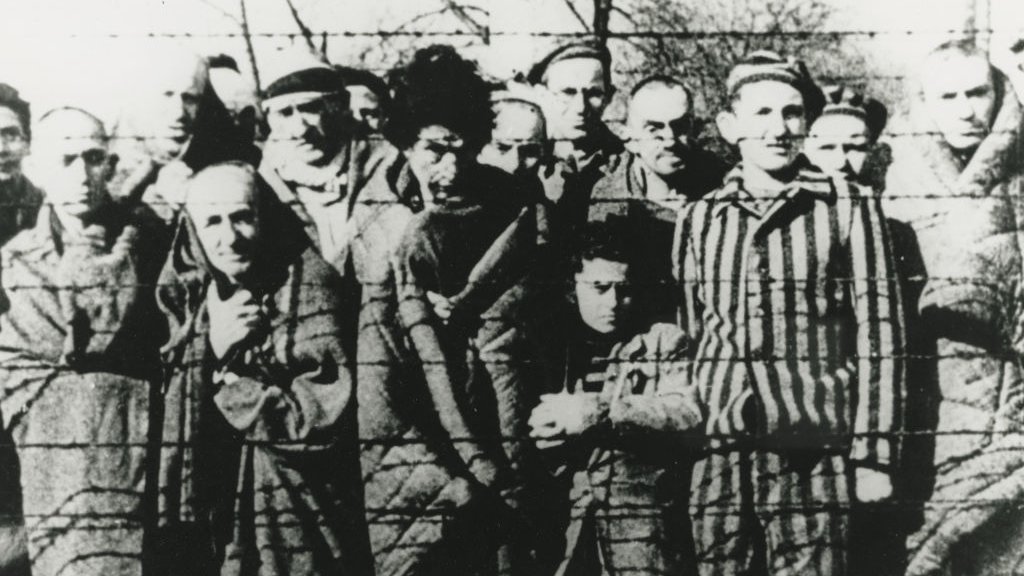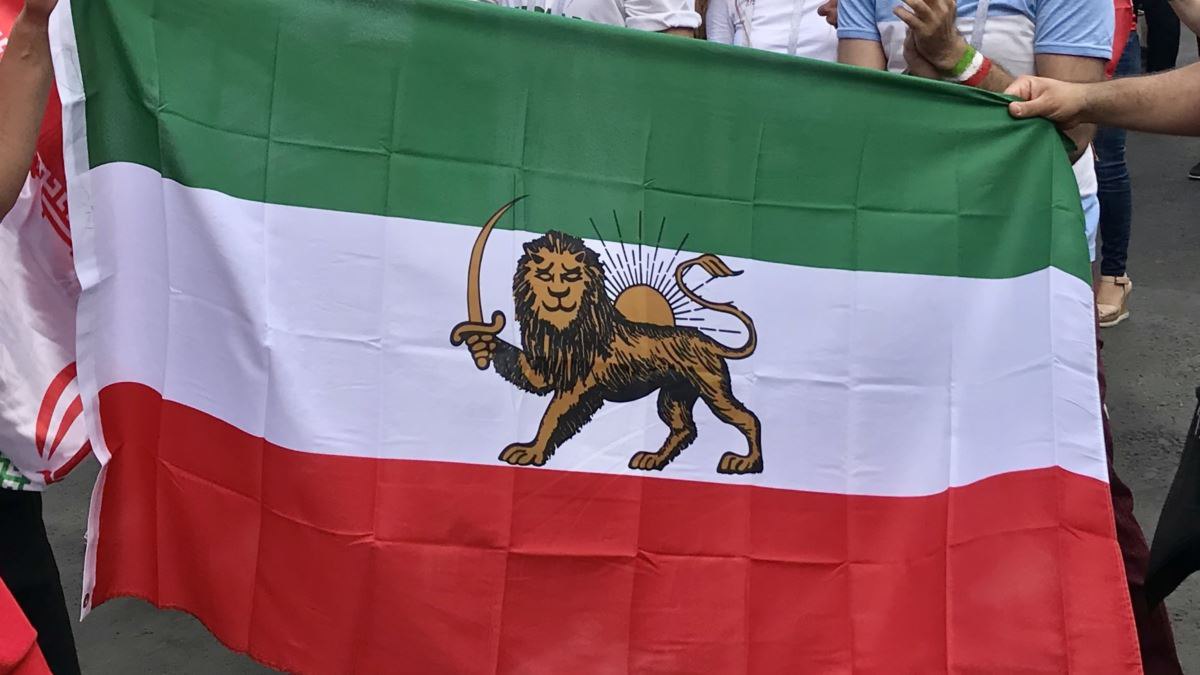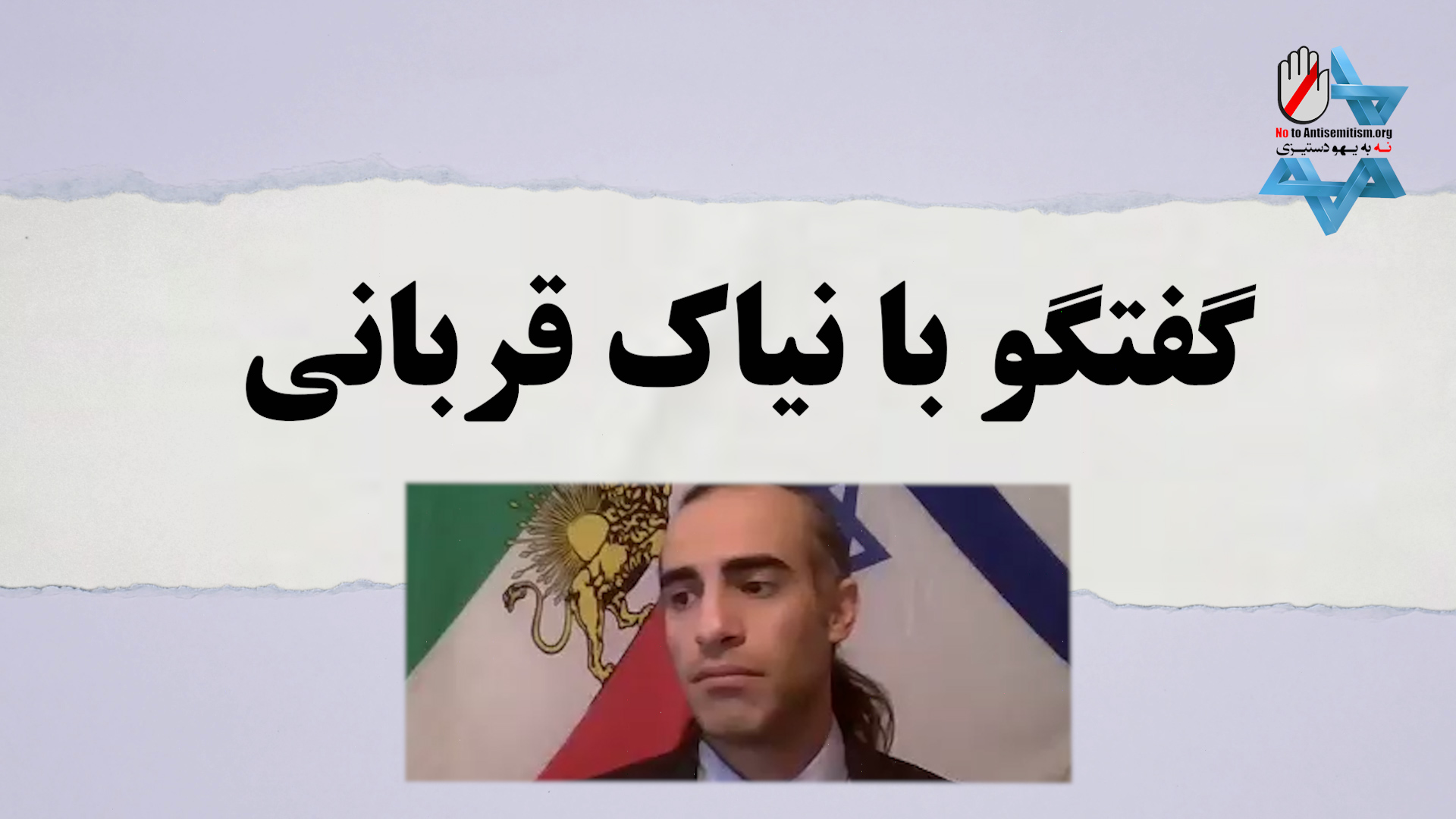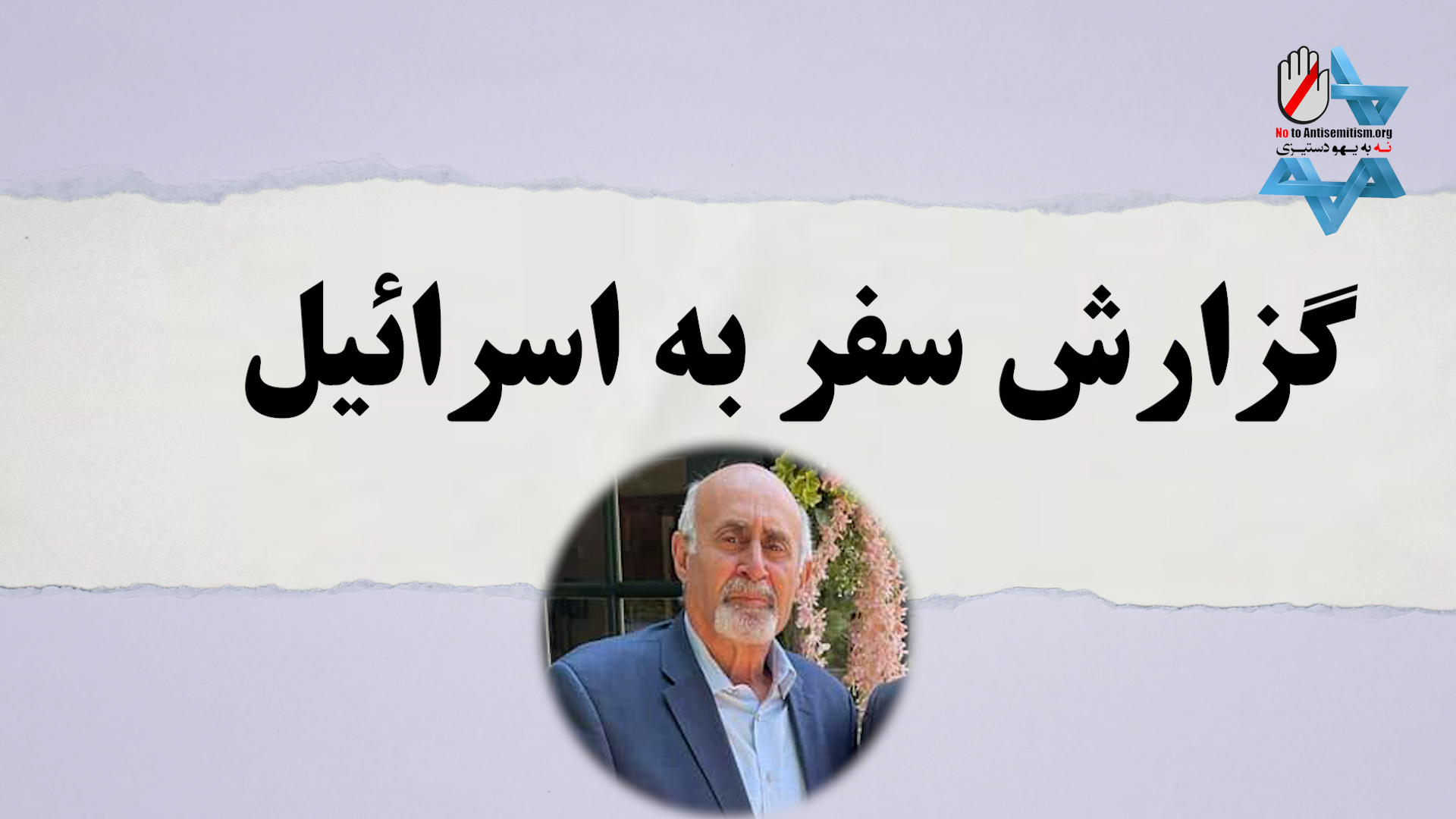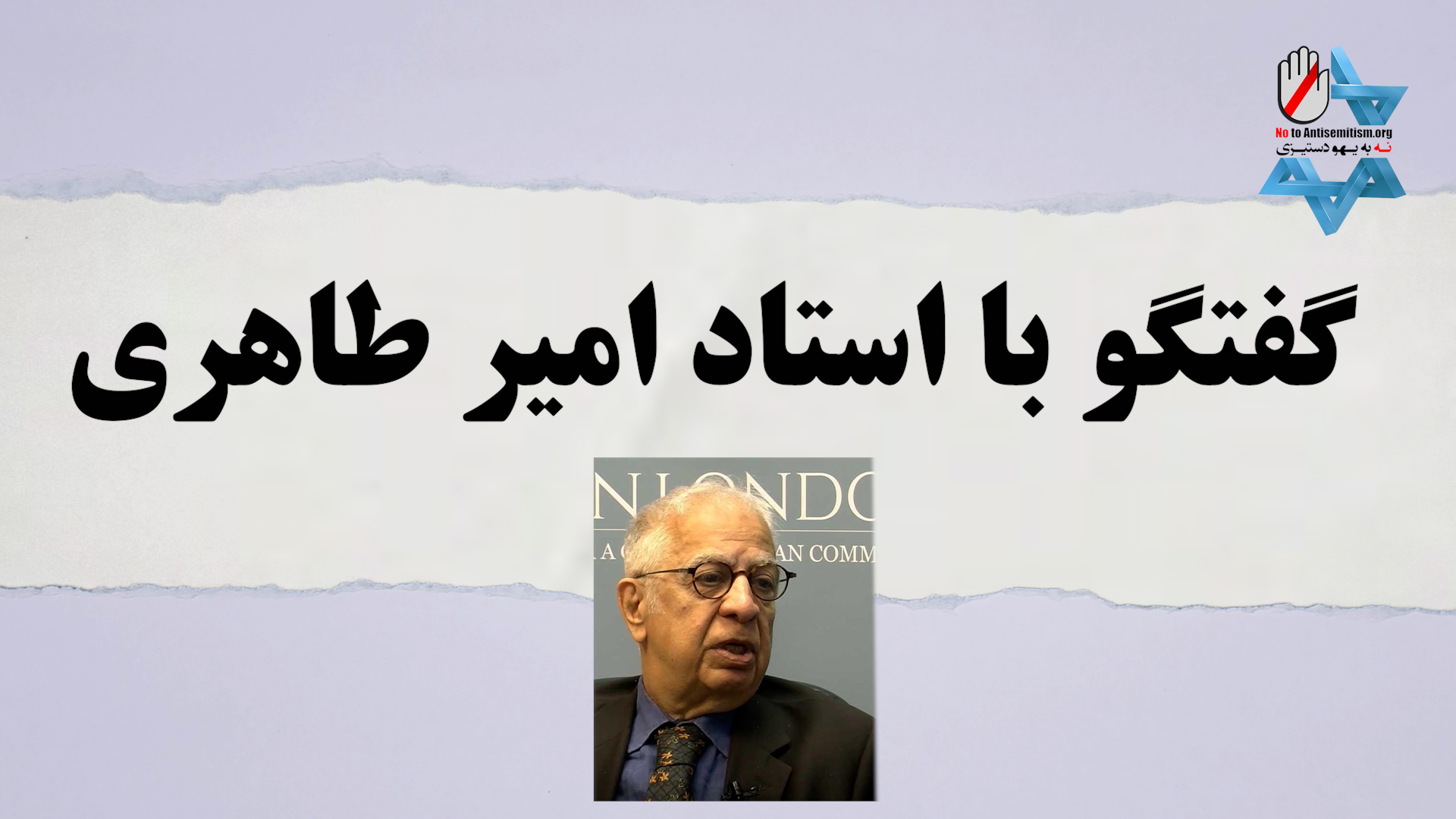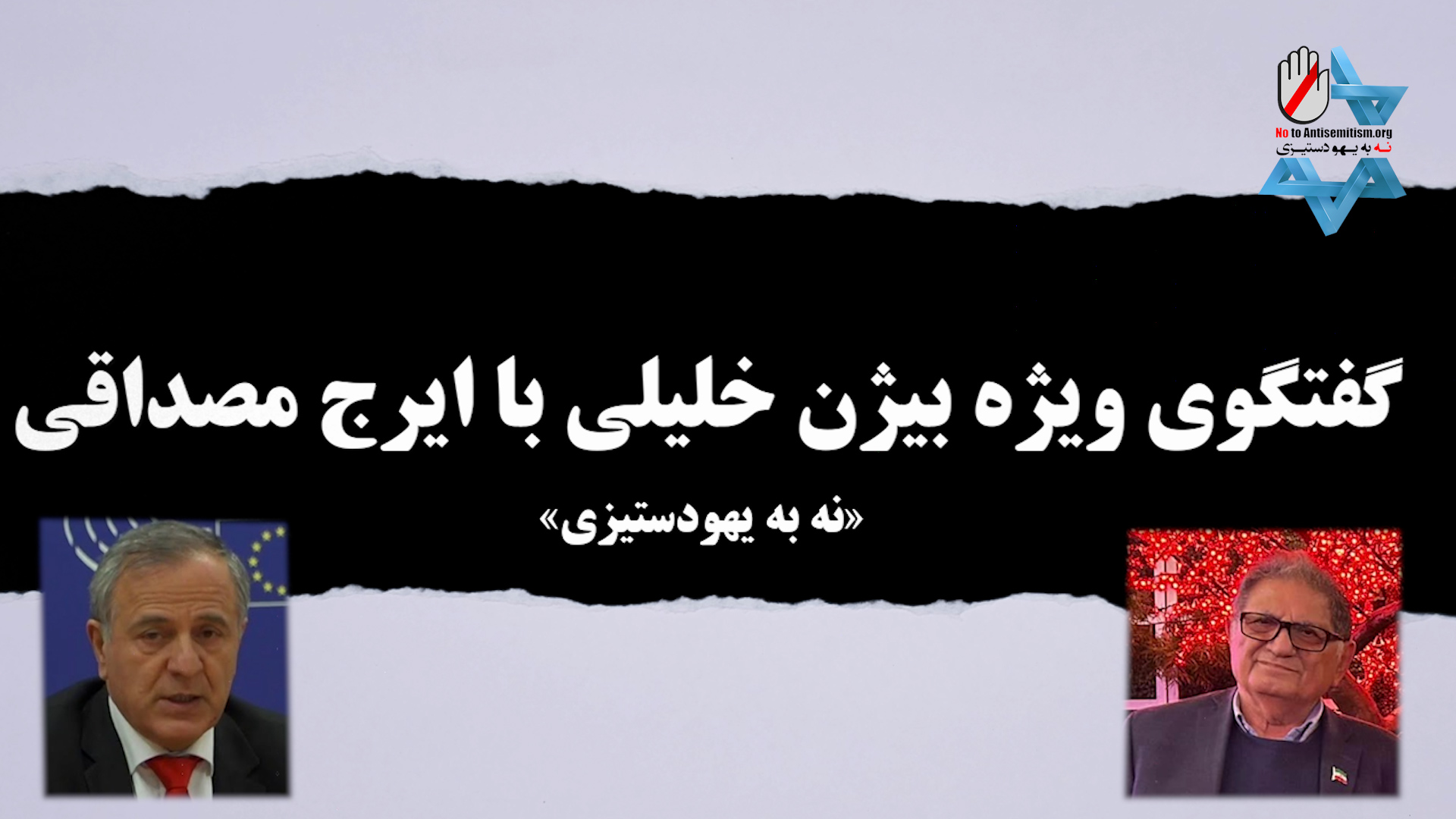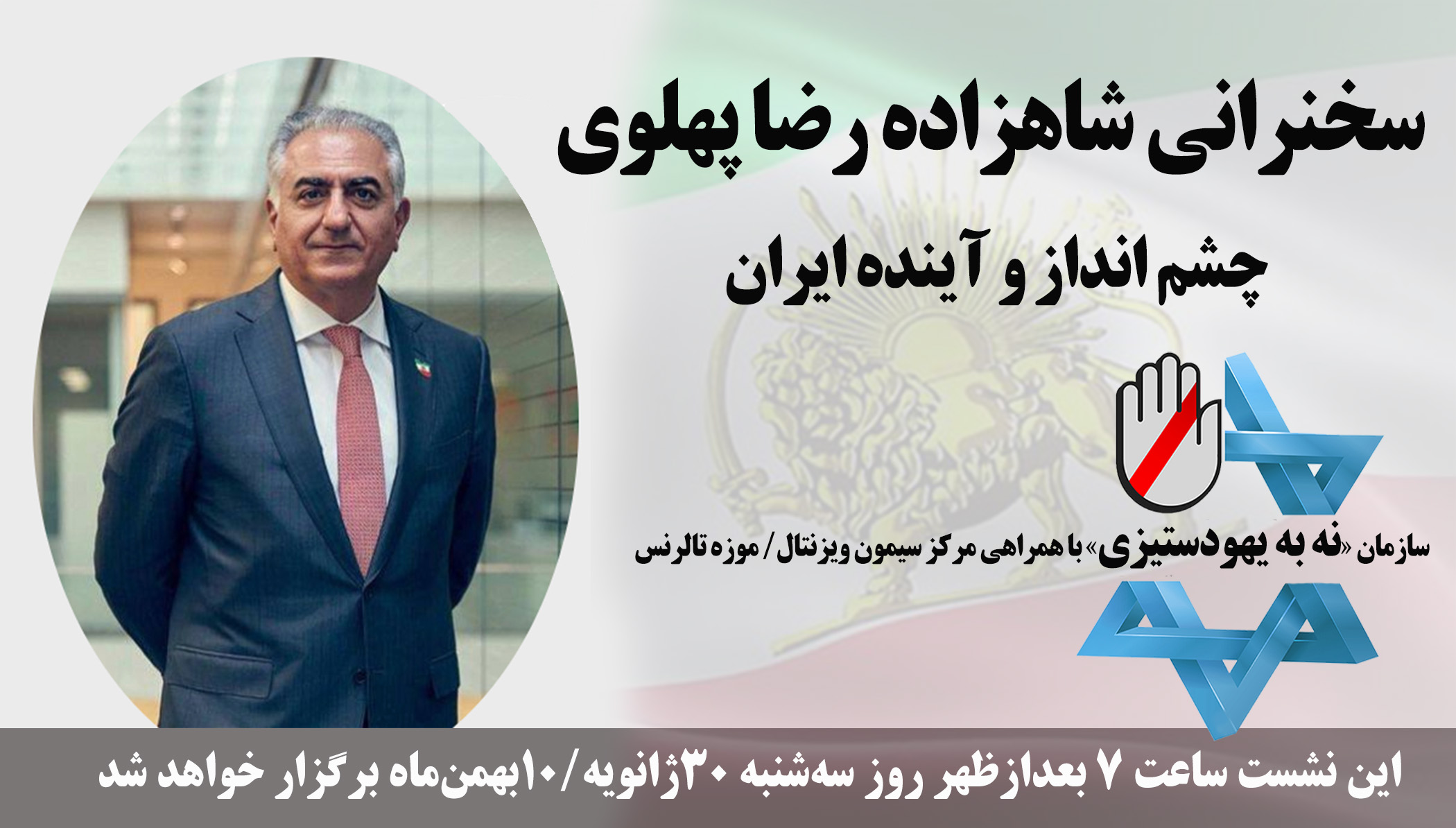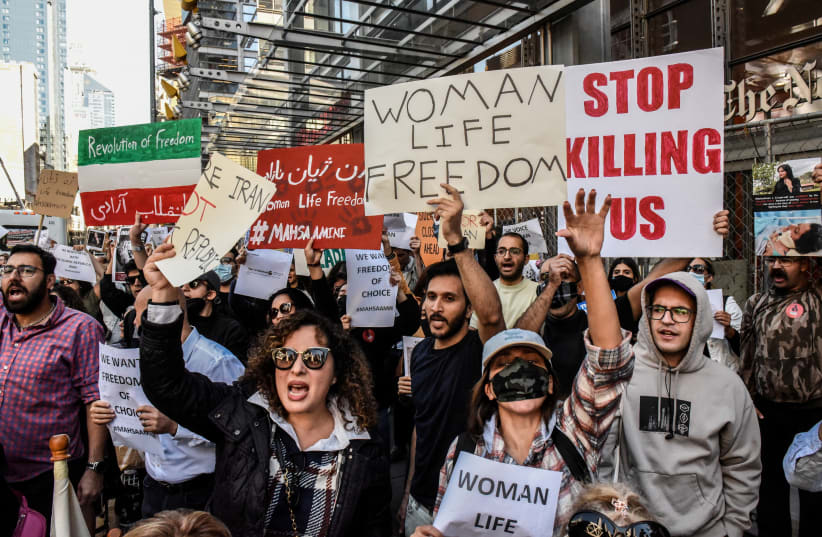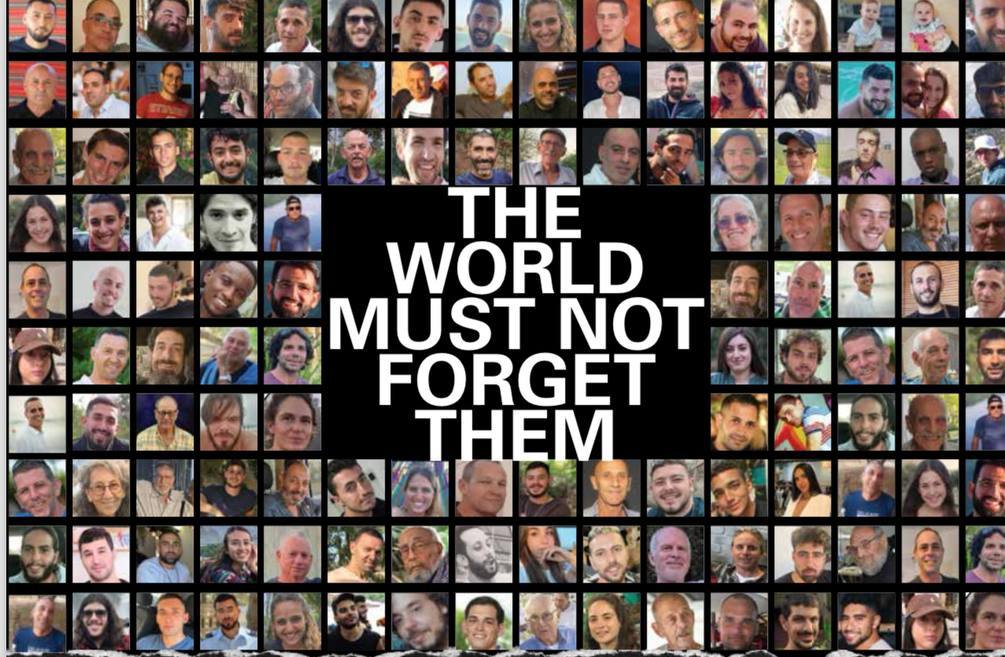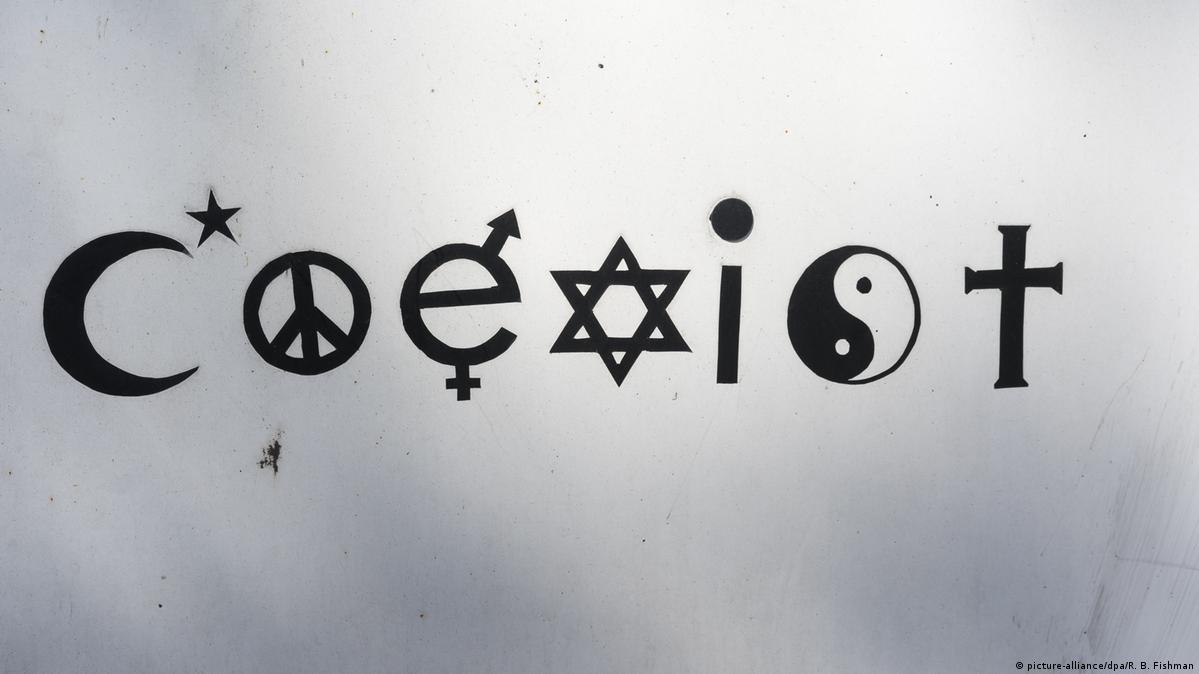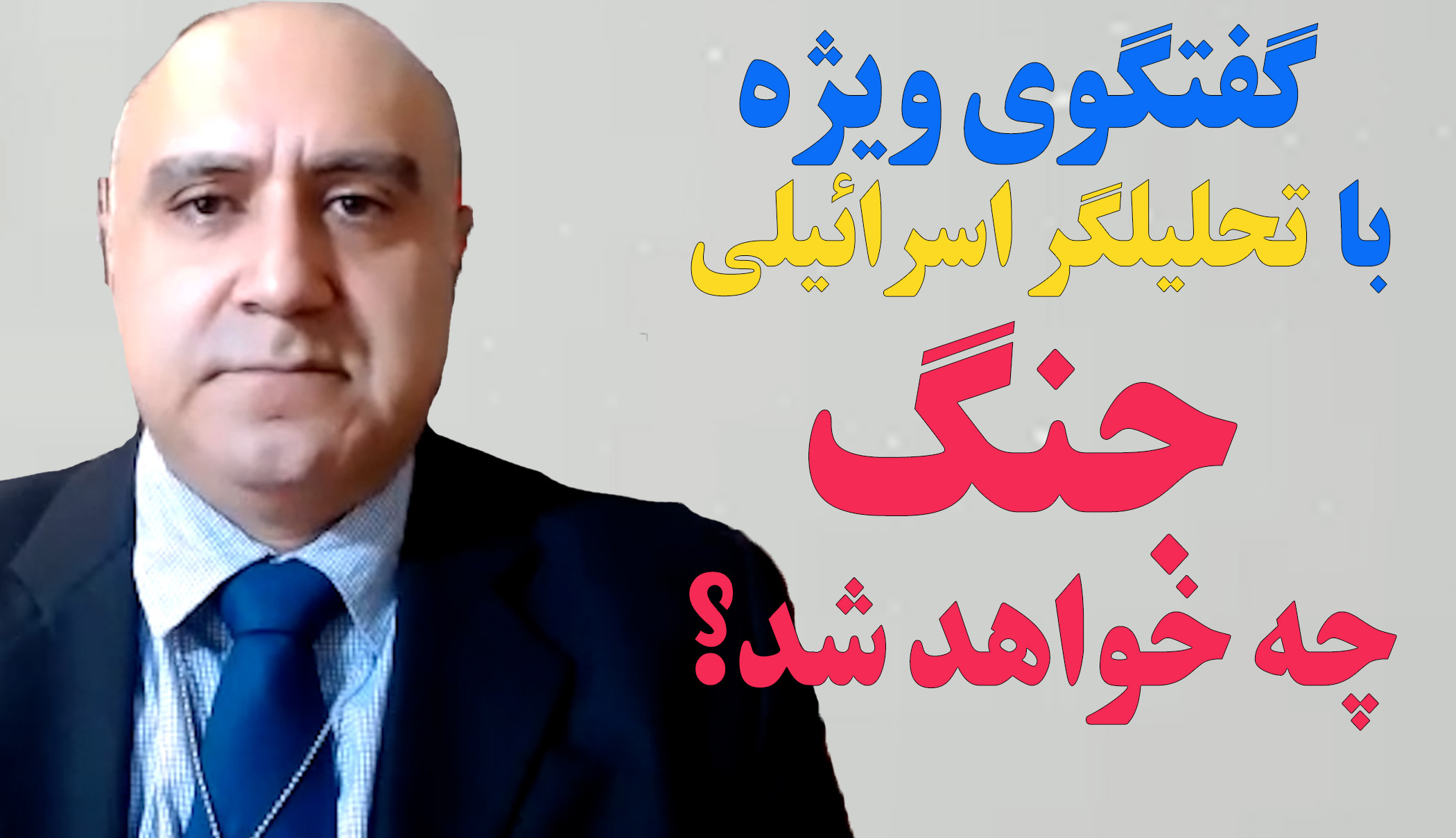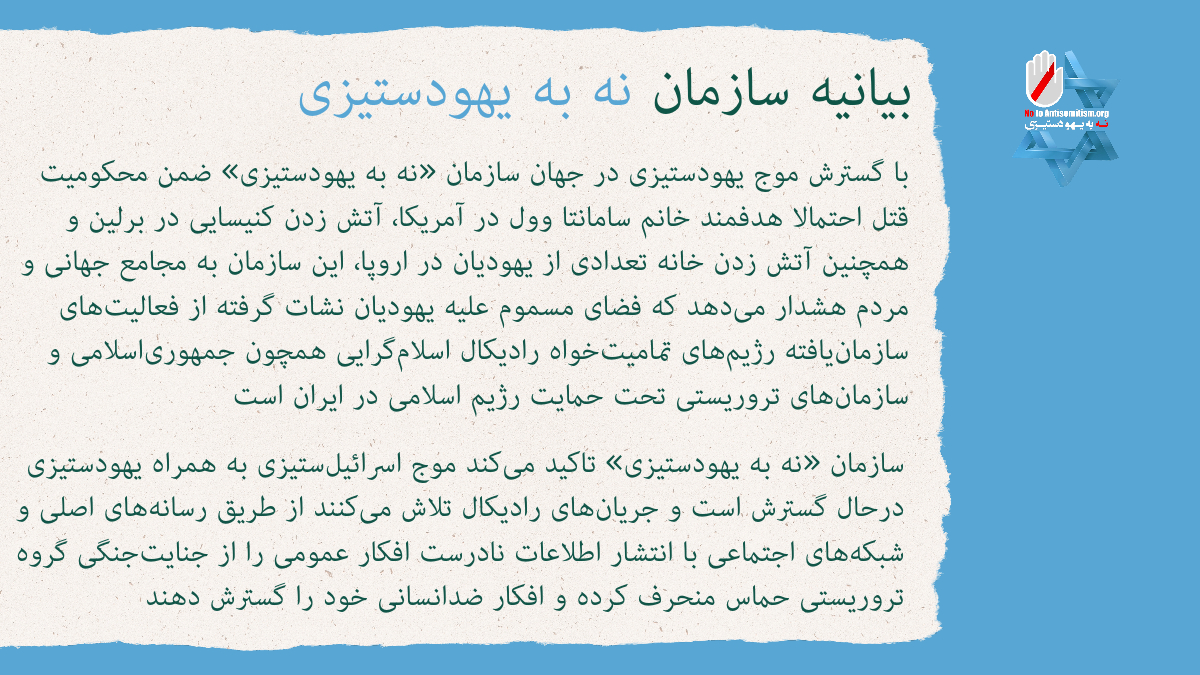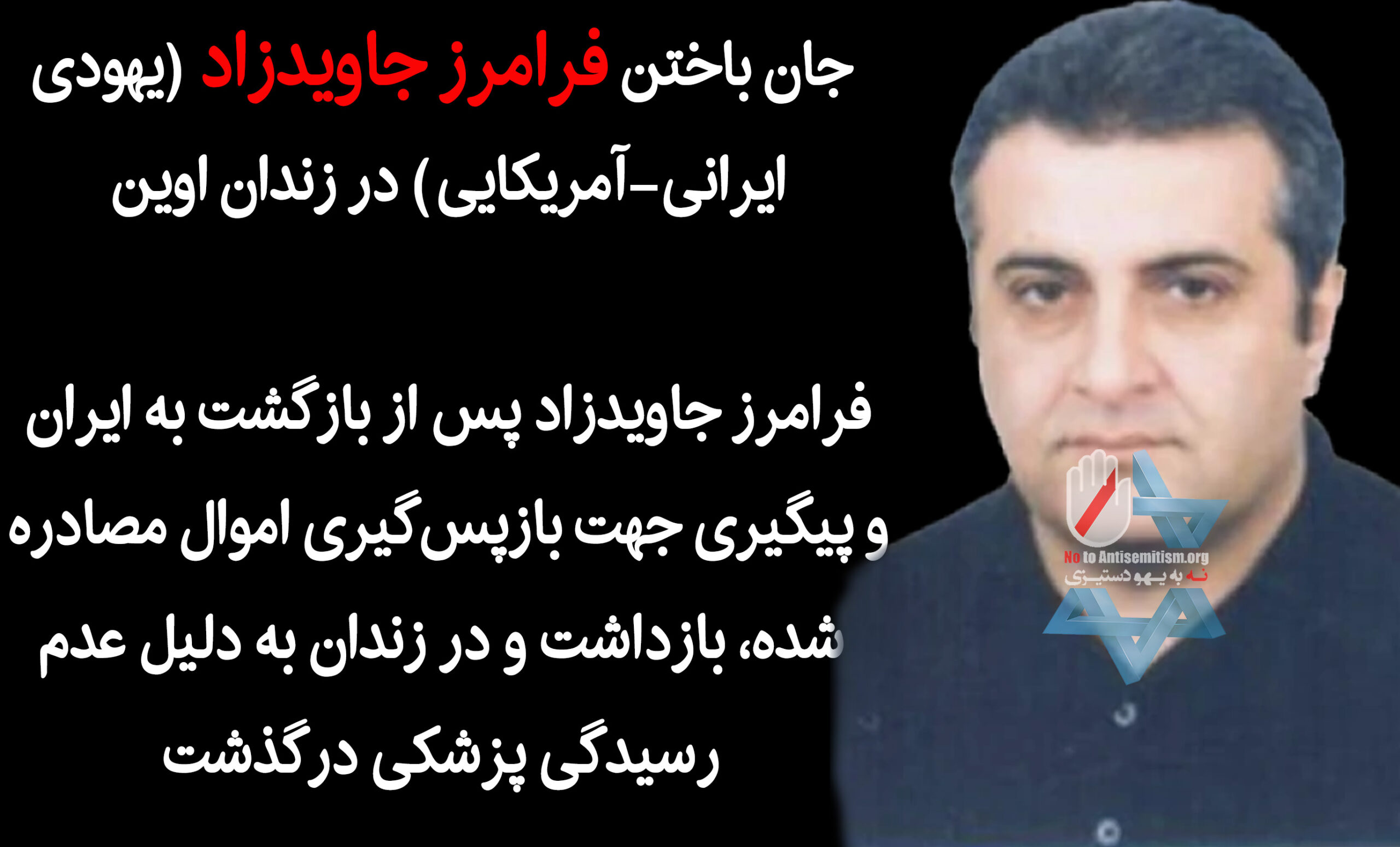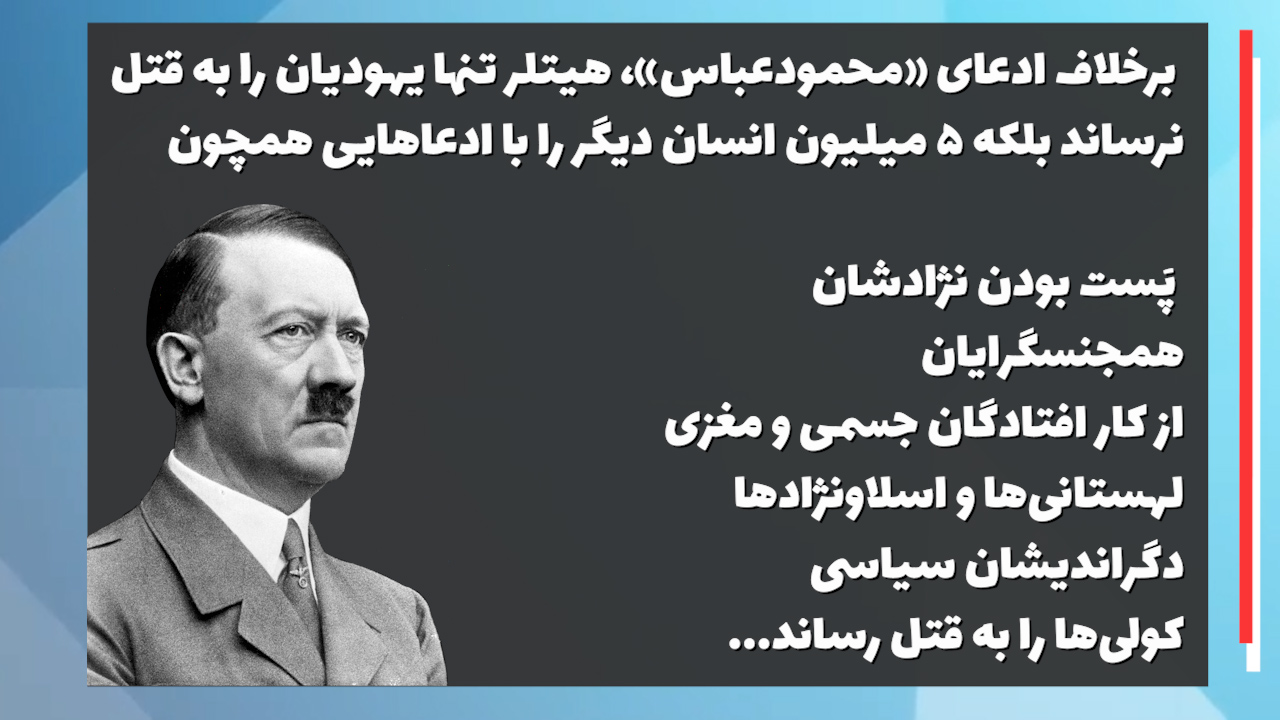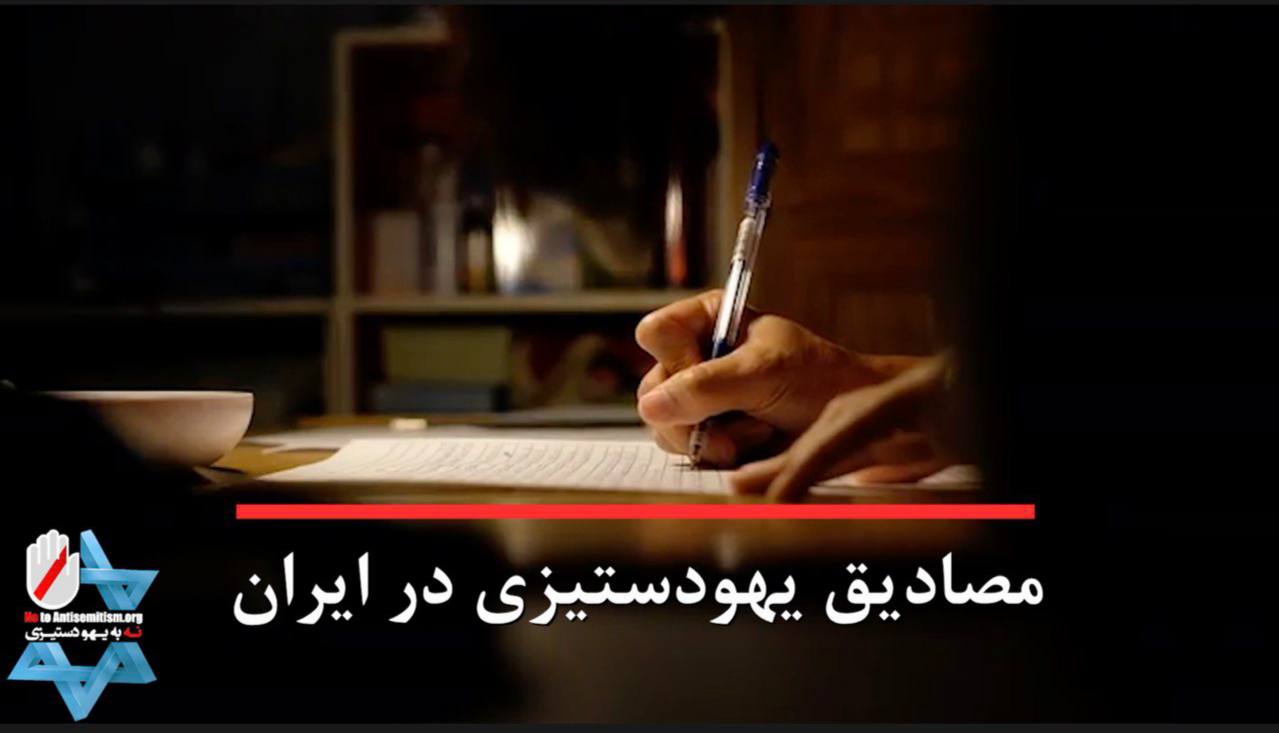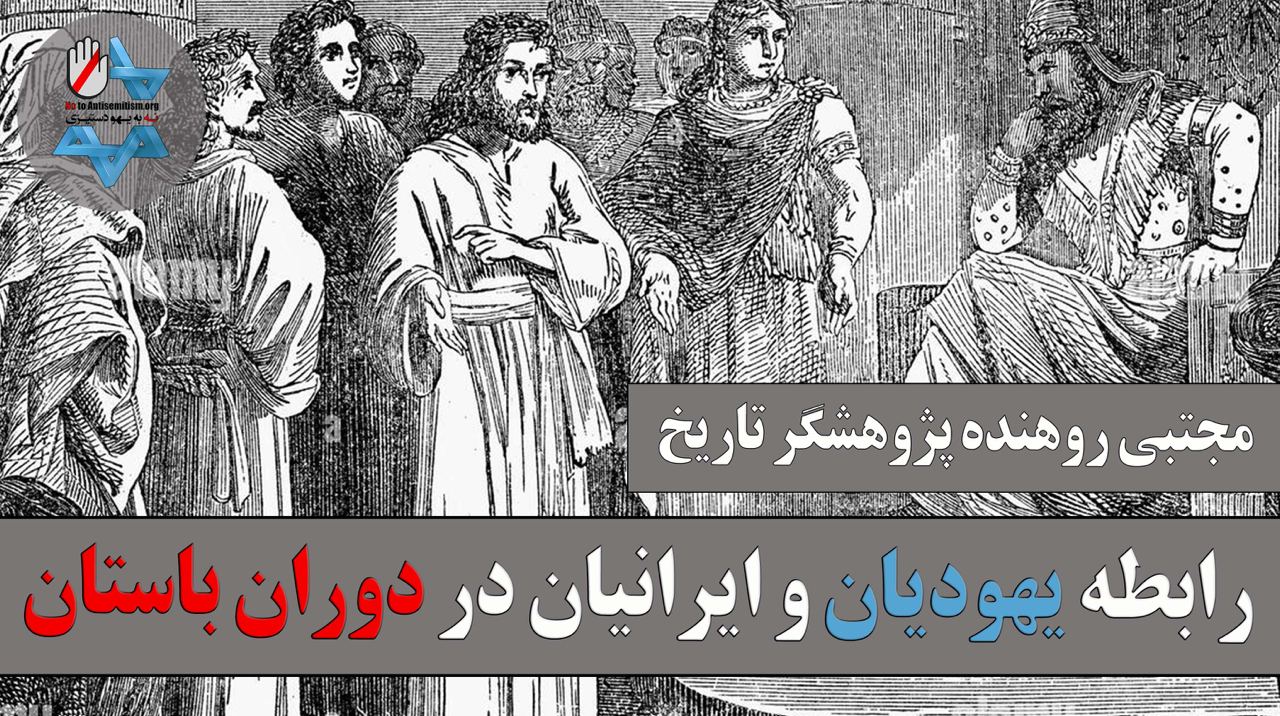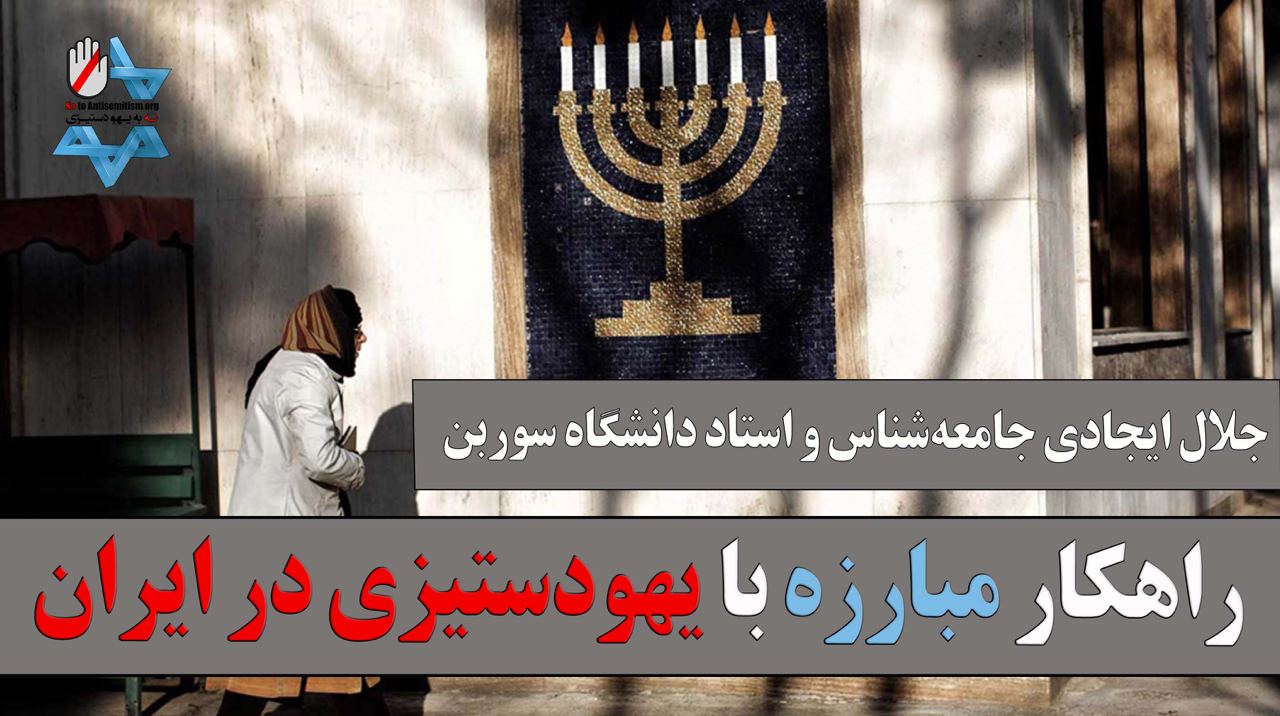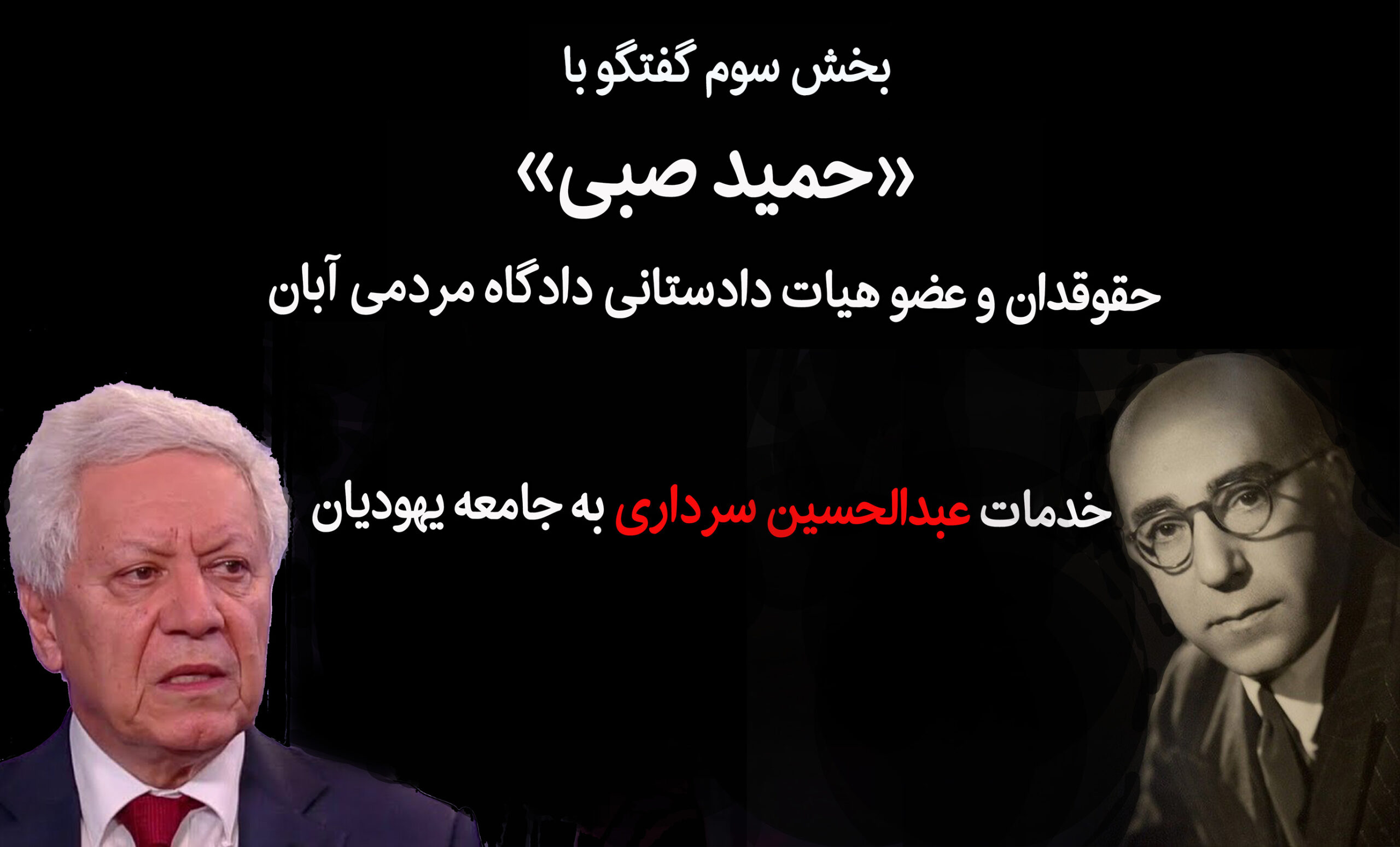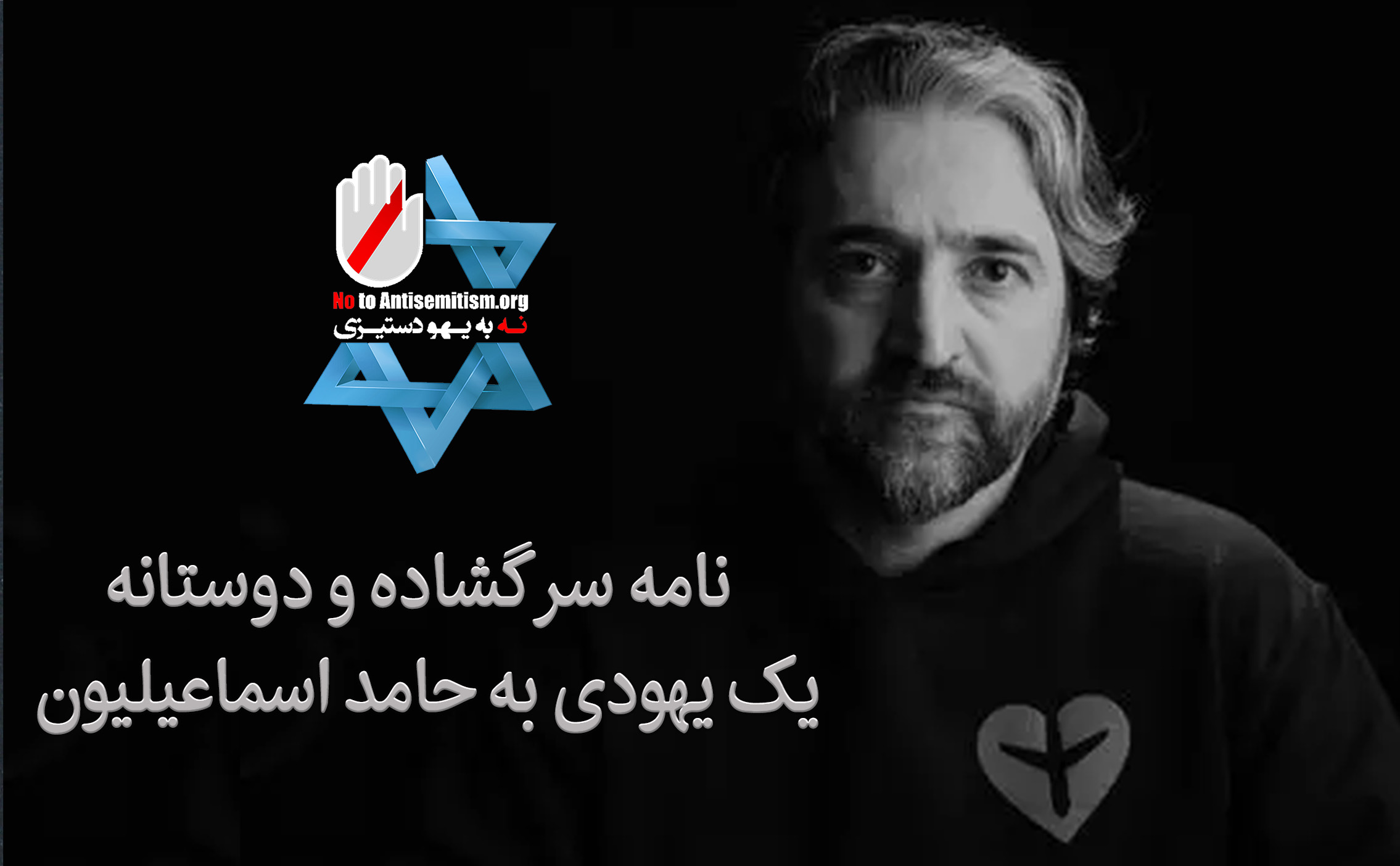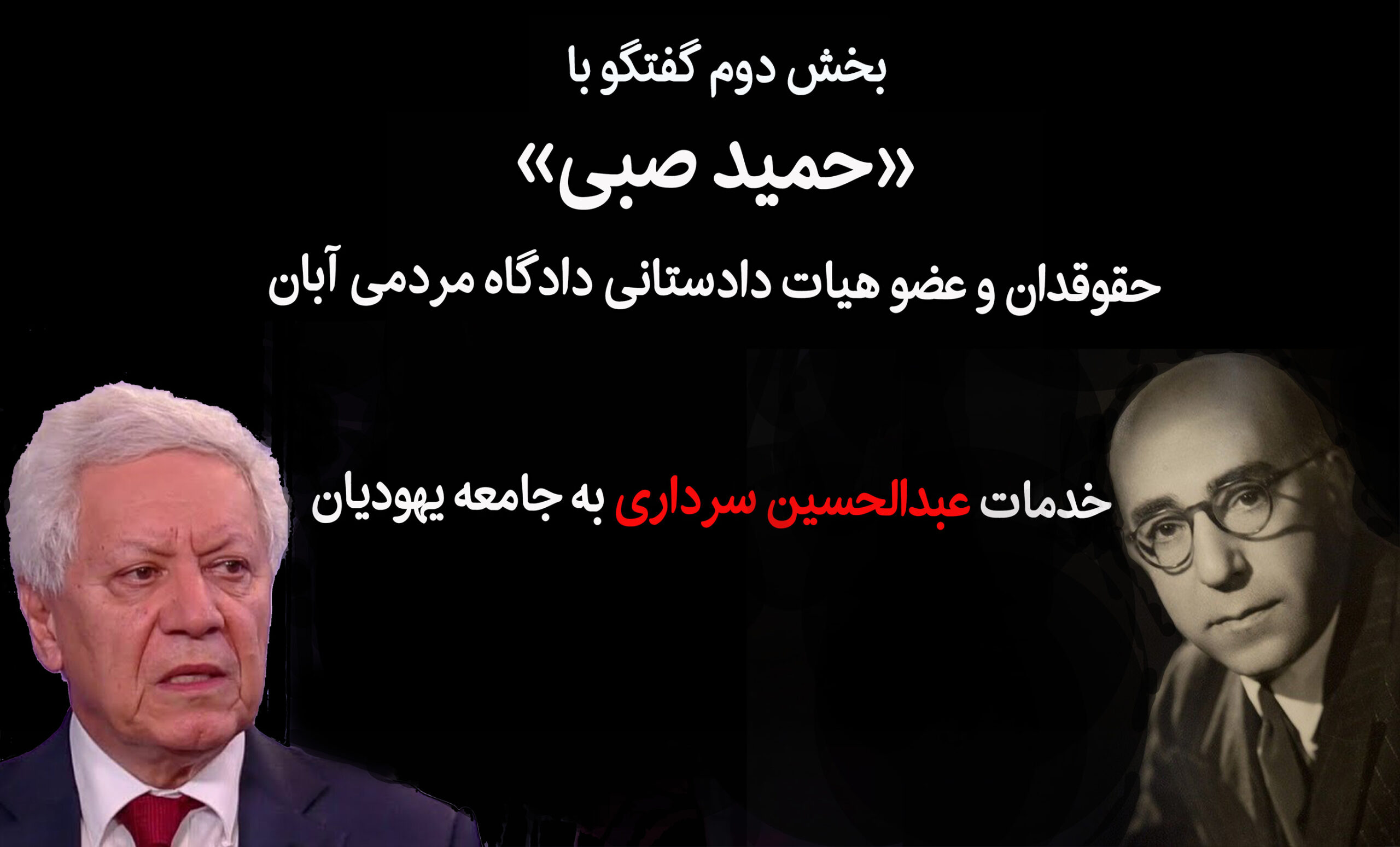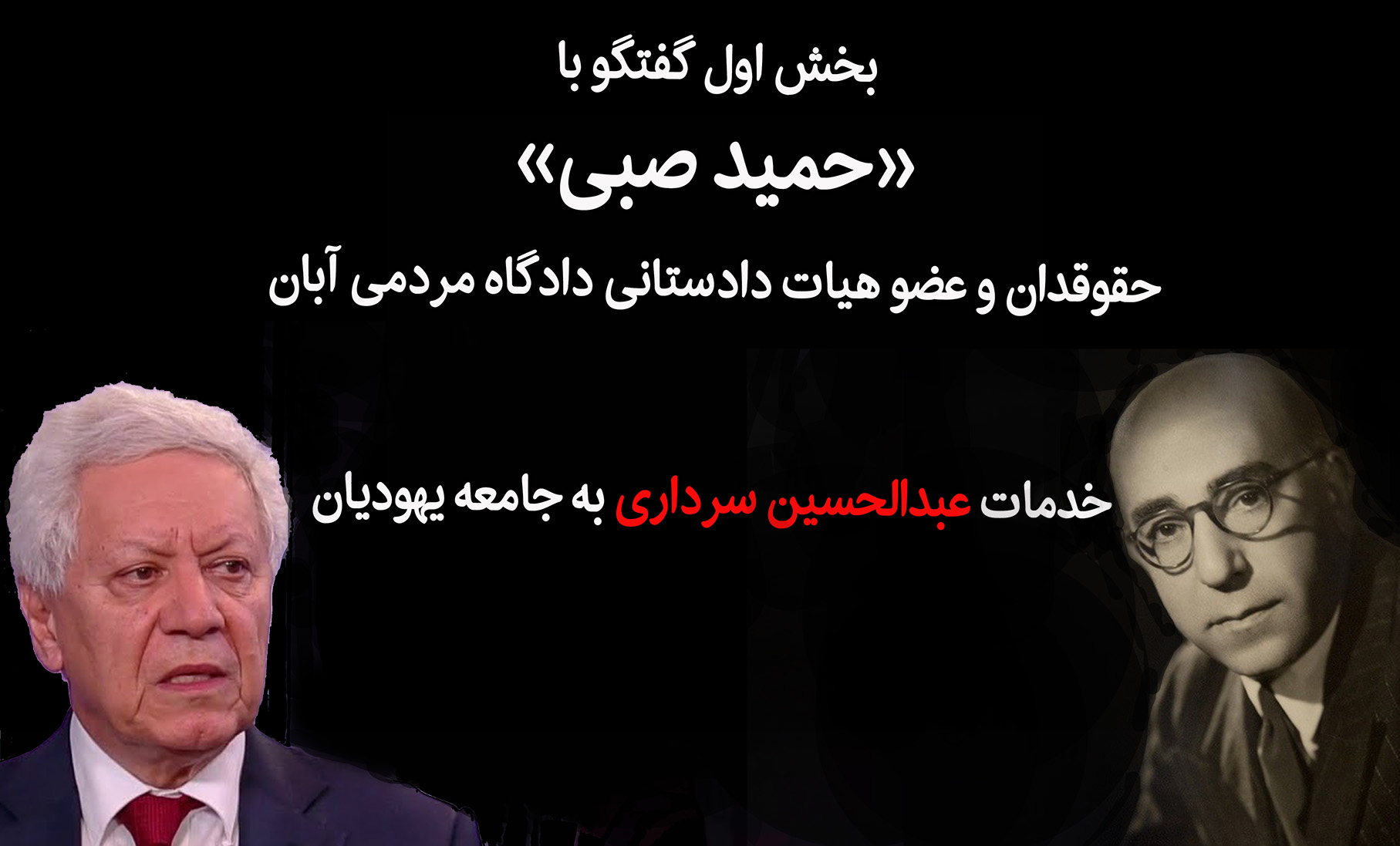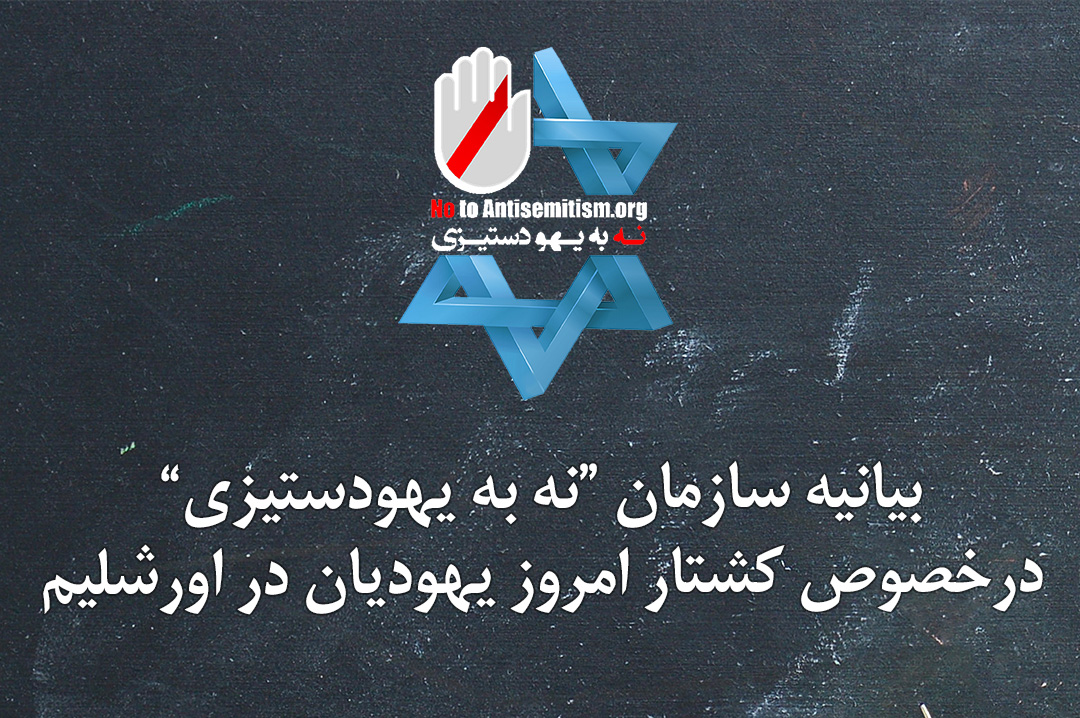The Quantitative and Qualitative Analysis of Anti-Semitism and Anti-Baha’i Sentiment Online Following the Events of October 7th
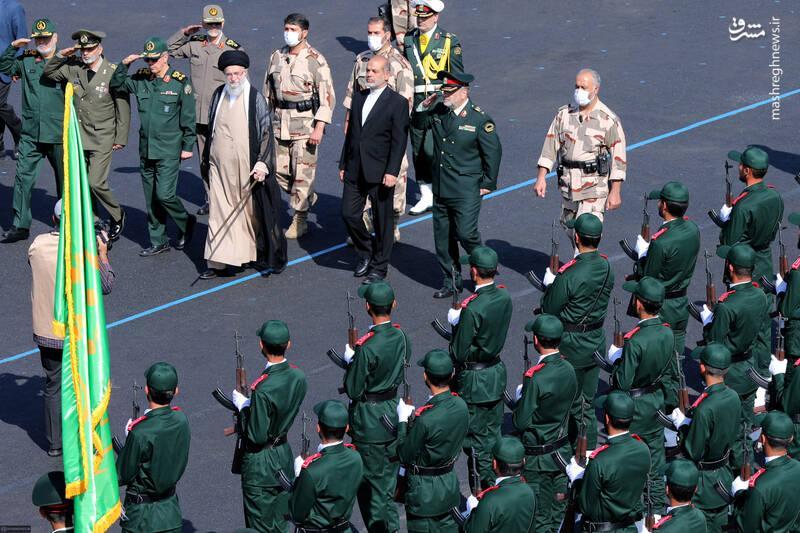
Awat Pouri
Introduction
Following the attack by Hamas on the southern border areas of Israel on October 7, 2023, there has been a significant surge in anti-Semitic sentiment in the digital sphere. Research conducted by Cyberwell demonstrates that within just one week after October 7th, the volume of content containing anti-Semitism on the social network X (formerly Twitter) increased by 81%, and on Facebook by 193%. According to findings from this company, the number of Twitter users who visited the hashtag “#HitlerWasRight” escalated from 300,000 to 25 million users within this one-week period. Another report indicates that online anti-Semitism spiked by 1200% from October 7th until the end of October 2023. The New York Times also confirms in an investigative report that there has been a significant increase in the dissemination of anti-Semitic content online following October 7th.
Amid these developments, certain governments, with their geopolitical objectives in mind, have systematically engaged in the dissemination of misinformation, conspiracy theories, and calls for violence against Jews and the people of Israel. The most notable among these are the governments of the Islamic Republic of Iran, Russia, and China. This report focuses on identifying the primary sources of this hatred and analyzing their connections with the government of the Islamic Republic of Iran.
This report also investigates the content disseminated by official, semi-official, and unofficial megaphones of hate against Jews and Israeli civilians in Iran, categorizing these materials accordingly. It analyzes peak periods of anti-Semitic and anti-Israeli dissemination and identifies key keywords used in these types of content.
Findings from this report indicate that approximately 817,000 pieces of content featuring anti-Semitism were published online in Persian in the three weeks following October 7th, representing a sixteenfold increase from the three weeks prior and a 152-fold increase from the same period last year.
Furthermore, this report compares trends in anti-Semitism and anti-Baha’i sentiments in the Persian online space, analyzing the ratios between them. According to the findings, online anti-Baha’i sentiment in the mentioned three-week period nearly doubled compared to the three weeks prior. Interestingly, no content spreading hate against Baha’is was published in the Persian online space during a similar six-week period in 2022.
A comparative analysis of a number of articles containing hate speech against Jews and Baha’is shows that a significant portion of them are produced and disseminated by common sources, often directly or indirectly linked to the government of the Islamic Republic of Iran. The Iranian government initiates these campaigns motivated by external and regional geopolitical and ideological confrontations with the state of Israel, and internal goals aimed at justifying the suppression of Baha’is.
Methodology
The basis of this report is the quantitative and qualitative assessment of content containing anti-Semitism and anti-Baha’i sentiments in Persian, published in the three-week periods before and after October 7, 2023, and during a comparable period in 2022. This content was disseminated across various platforms, including websites and social networks such as Facebook, X (formerly Twitter), and Instagram.
The content analyzed, comprising over one million instances, was identified using the advanced search, monitoring, and content analysis tool “Meltwater” by searching for various combinations of keywords commonly found in materials related to anti-Semitism and anti-Baha’i sentiments. A comprehensive list of these keywords and the patterns of their combinations has been documented and included in the appendix of the report.
The selected keywords for analyzing content related to anti-Semitism and anti-Baha’i sentiments are divided into two main groups. The searches conducted in the digital space targeted only those contents that include at least one keyword from each of these two groups. For example, if we hypothetically label these two groups as “Group 1” and “Group 2,” with Group 1 containing the keywords “A, B” and Group 2 containing “C, D, E,” the aim of the search would be to find all content that includes at least one keyword from each group, such as combinations like “A and C,” “A and D,” “A and E,” “B and C,” “B and D,” or “B and E.”
In other words, keywords such as “Bahá’ís”, “Bahá’í”, and “Baha`I Universal House of Justice” were targeted in this report’s searches only when used in conjunction with at least one of the keywords from the second group, such as “unclean”, “spy”, “dog”, “misguided”, “accursed”, etc. Similarly, keywords like “Jew”, “Jews”, and “Jewish” were specifically targeted if they appeared alongside keywords from the second group such as “savage”, “Zionist”, “Anusim”, “bastard”, “demonic”, etc. This methodology ensures that the search focused on content that explicitly combines these identifiers with pejorative or derogatory terms, which are indicative of hate speech.
The keywords used in this report for searching content related to anti-Baha’i sentiment consist of two groups with 13 and 65 words respectively. Therefore, the search objective is to examine 845 binary combinations of keywords from these two groups. For content related to anti-Semitism, in addition to 736 binary combinations of keywords from the designated two groups, eight additional keywords have also been individually targeted in searches.
For categorizing the content based on the source and platform on which it was published, zero-error data analysis tools in Meltwater were utilized. On the other hand, the conceptual categorization of the content was semi-manually performed through classifying the keywords listed in the appendix.
The charts used in the upcoming report are all based on a statistical population limited to two three-week periods before and after October 7, 2023, and one three-week period after October 7, 2022.
The tool “word cloud” has also been employed in parts of this report. The primary use of this tool is to identify frequently used keywords and hashtags for the conceptual categorization of content.
Findings
According to the definition by the European Union, hate speech is defined as “public incitement to hatred or violence against people or groups based on specific characteristics such as race, skin color, religion, descent, and national or ethnic origin.”
In a more comprehensive expression, “hate speech is a verbal or visual description aimed at maligning individuals due to immutable characteristics such as race, ethnicity, nationality, religion, gender, gender identity, sexual orientation, age, or disability.” It includes the dissemination of insulting statements, misinformation and misleading content, the spread of falsehoods and conspiracy theories about a group of people, or demeaning and dehumanizing them, and includes threats or calls for acts of violence, and even mass murder.
Anti-Semitism
According to the definition by the International Holocaust Remembrance Alliance, anti-Semitism is referred to as “a certain perception of Jews, which may be expressed as hatred toward them, and encompasses all forms of verbal and physical anti-Semitic actions directed towards Jewish or non-Jewish individuals and/or their property, as well as their religious institutions and community organizations.” It should be added that the definition of anti-Semitism is not fixed and changes according to circumstances and current events.
For example, in February 2024, Meta recognized the use of the keyword “Zionist” as a form of hate speech and online anti-Semitism. Meta found that this keyword was frequently used as an inappropriate substitute for referring to “Jews” and “Israelis.”
Simultaneously with the announcement of this policy by Meta, the Instagram and Facebook accounts of “Ali Khamenei,” the leader of the Islamic Republic, were blocked due to “repeated violations of policies related to dangerous individuals and organizations.”
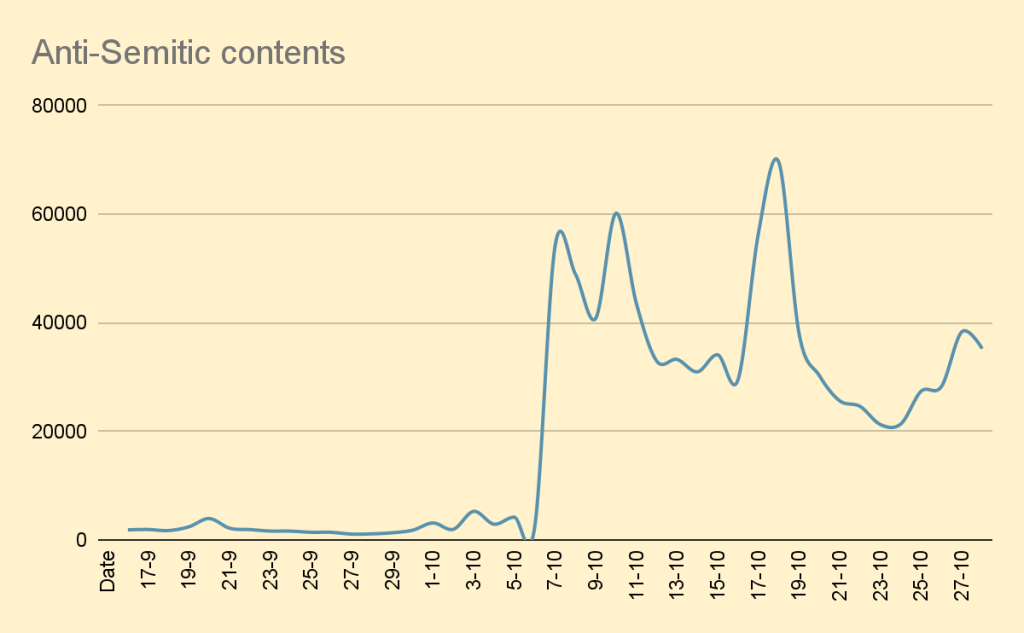
On October 7, 2023, the number of anti-Semitic posts in the Persian online space unprecedentedly surged to over 5,600 instances, while the figure was just 350 the day before. In the three-week period following October 7, approximately 817,000 pieces of content containing anti-Semitism were published online in Persian. This represents a sixteenfold increase compared to the three weeks prior, and a 152-fold increase relative to the same period the previous year.
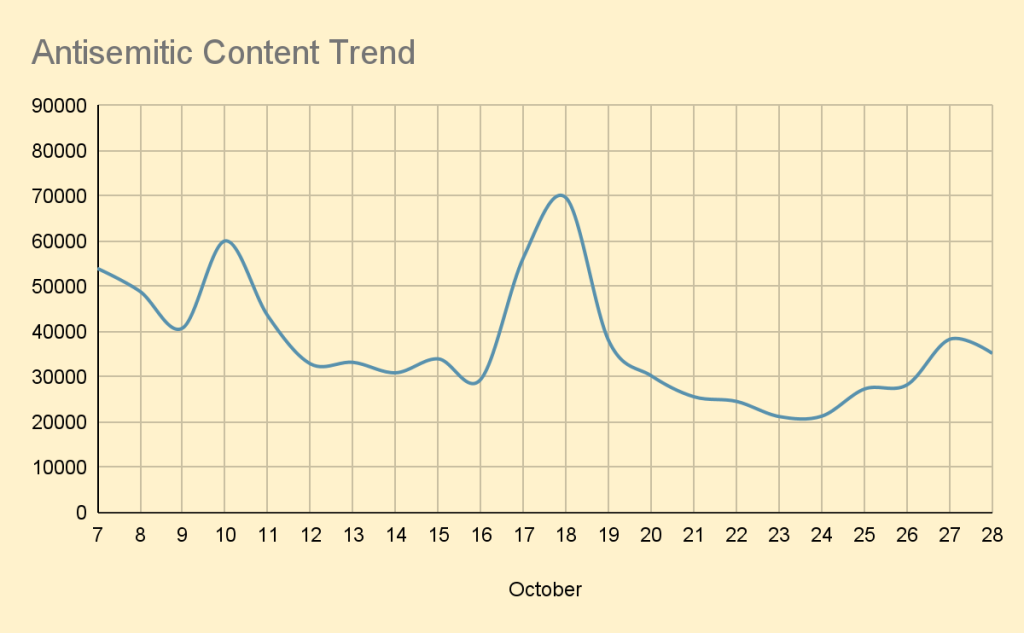
As evident from the chart above, the peak days for hate speech occurred on October 10 and October 18. The sudden surge in hate speech on October 18 can be attributed to the explosion the night before at the “Al-Ahli” hospital in Gaza, which prompted numerous reactions, especially in Muslim-majority countries.
Quantitative analyses indicate that the volume and intensity of online anti-Semitism have largely depended on the ground events in the Gaza conflicts. Another study focusing on online anti-Semitism in English confirms the sudden increase in the volume and intensity of hate speech on October 18.
On the other hand, despite the fact that the Gaza conflict timeline reports no particularly distinctive event on October 10 compared to the days before and after, there was a significant rise in hate speech on this day as well. Comparing the hate speech distribution by hour on October 10 with October 9 and 11 may help identify other factors influencing online anti-Semitism.
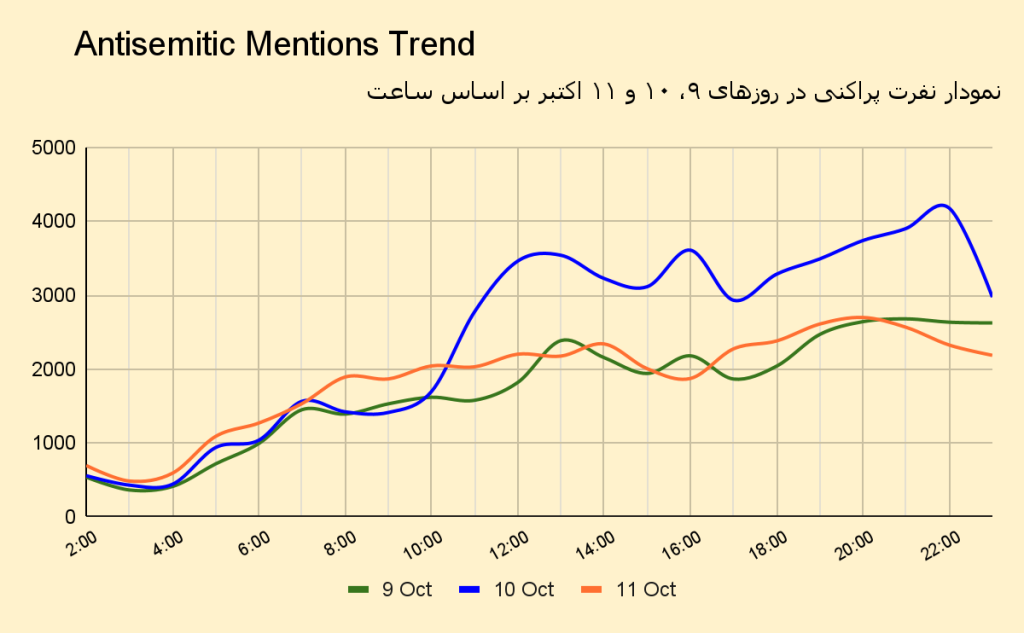
As observed, the pattern of hate speech distribution on October 9 and 11 is relatively consistent. This pattern on October 10 only changes after 10 AM, when it suddenly increases.
Furthermore, the distribution of hate speech by platform on October 10 indicates that the sudden surge in content volume was directly due to an increase in Twitter-related content. The chart below shows that while the volume of hate speech content on Facebook, Instagram, and Iranian websites constitutes a small percentage of the total content, it remains consistent throughout the day.
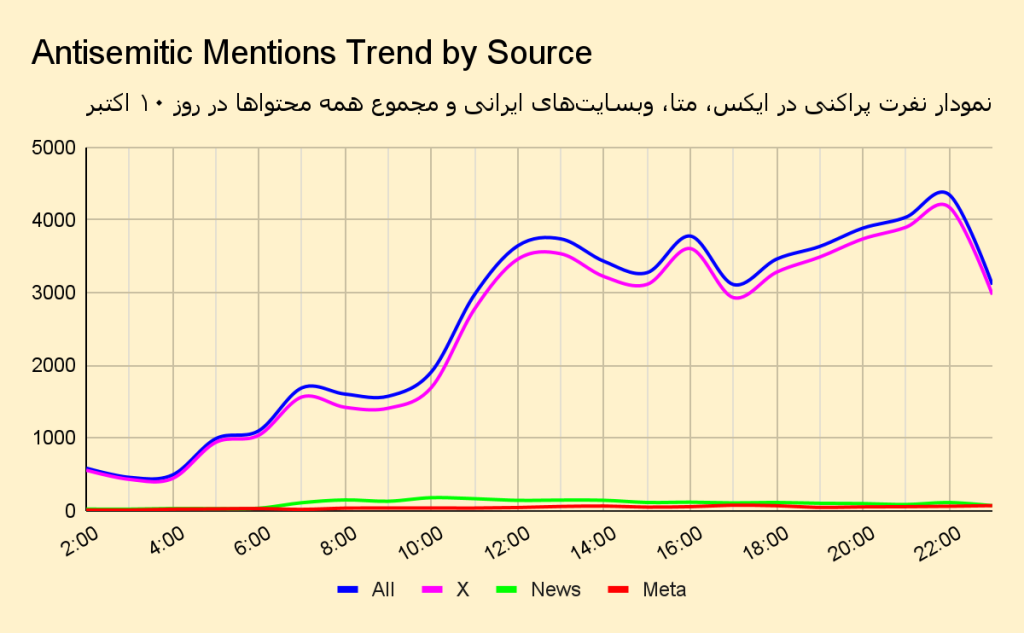
From the observations above, it is inferred that to assess the reason for the high hate speech statistics on October 10th, content analysis of the tweets published on Twitter should be undertaken.
18 out of the 20 tweets related to anti-Semitism that received the most retweets on October 10th were attributed to two accounts in English and Persian belonging to “Ali Khamenei,” the leader of the Islamic Republic. Moreover, among the 18,300 Twitter accounts that published hate speech against Jews on this day, these two accounts had the most followers, totaling over 1,730,000 followers combined.
Furthermore, these accounts were more active on October 10th than at any other time during the three weeks before and after October 7th, having published a total of 21 tweets. This is in contrast to the total of 94 tweets published from these two accounts over the three weeks before and after October 7th, averaging about two tweets per day.
Additionally, these 21 tweets alone were viewed nearly eleven million times, which is four million more than the total views of 57,000 tweets published by over 18,000 other users on that day. This substantial viewership indicates the significant influence and reach of the content shared from these accounts.
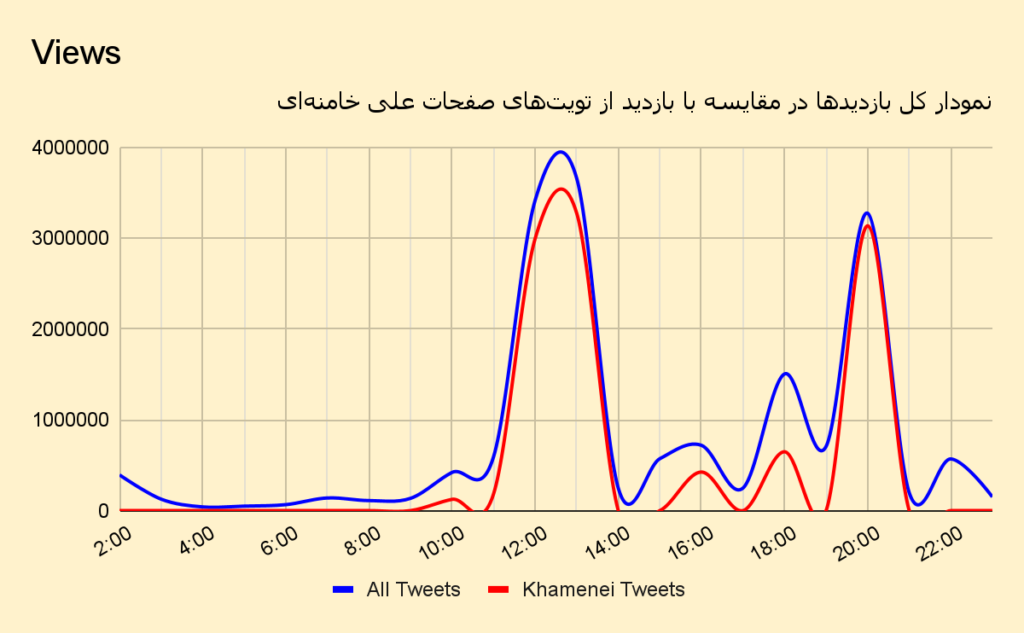
Therefore, it appears that anti-Semitic statements by senior officials of the Islamic Republic alone could lead to an increase in the volume of hate speech against Jews in the Persian online space. Particularly since these two influential Twitter accounts (in terms of follower count, views, and retweets) published content containing hate speech against Jews on October 10.
A content analysis of some of these tweets and detailing their unique features confirms the findings from quantitative studies, showing that October 10 marked a planned hate speech attack initiated and directed through these two accounts.
The surge in Twitter-based hate speech by Ali Khamenei on October 10 began around 11 AM local time, coinciding with the release of news and photos of his attendance at the graduation ceremony of military students at Imam Ali Officer University. This tweet was followed by a sudden increase in the spread of hate speech.
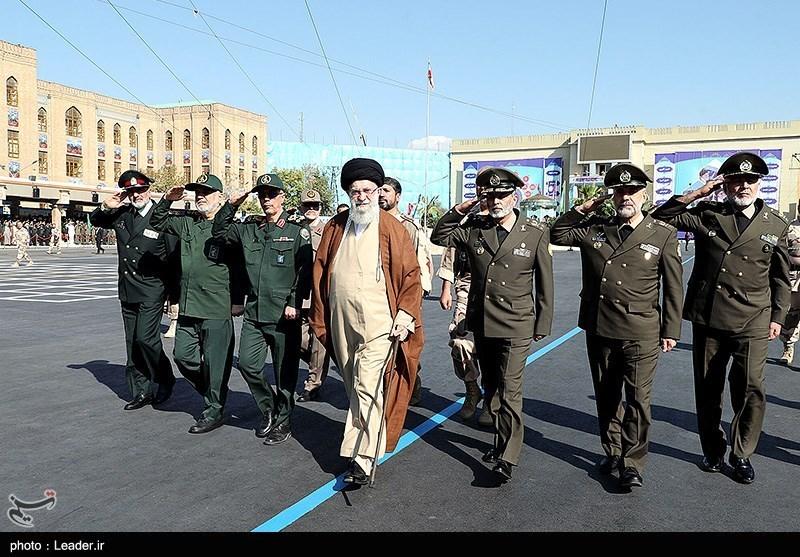
Ali Khamenei at the graduation ceremony of military university students in 1402 (2023/2024) at the Imam Ali Officer University.
Ali Khamenei made his first public appearance after the start of the Gaza war, surrounded by the commanders of all branches of the Islamic Republic’s armed forces, including the Chief of Staff of the Armed Forces, the commanders-in-chief of the Islamic Revolutionary Guard Corps, the Army, the Police Force, and the Defense Minister. They were positioned in an aggressive military formation known as “spearhead” or “wedge” on both sides and behind him
The semiotics of the Wedge formation, as one of the oldest military tactics for rapid and sudden penetration into the enemy’s defensive lines, aligns with what occurred in practice. This is particularly evident when briefly reviewing how the joint graduation ceremonies of the military university students have been conducted in previous years.
The joint graduation ceremony of the students from the military universities is an annual event that began in 2020 and is held cyclically at one of Iran’s military universities each year. Due to the COVID-19 outbreak, the leader of the Islamic Republic did not physically attend the first two ceremonies and participated via video link instead.
The Imam Hassan Mojtaba University of Officer Training and Police Education hosted the third installment of this ceremony on October 3, 2022, and Ali Khamenei attended in person for the first time. At that ceremony, the commanders of the armed forces were arranged in a linear formation known as “line infantry,” which, unlike the wedge formation, is used not for assault but for parading.

Ali Khamenei at the graduation ceremony of military university students in 2022 at Imam Hassan Mojtaba University.
The Iranian Student News Agency was one of the few Iranian media outlets that reported on the difference in the military formations of the armed forces commanders at these two ceremonies.
The Twitter-based hate speech by the leader of the Islamic Republic continued with reposts of parts of his speech at Imam Ali University, where he addressed the people of Israel as “O Zionists” and blatantly blamed them as the perpetrators of the October 7th attack. He not only expressed no regret for the ensuing damages but also described them as an irreparable blow to the Zionist regime. Furthermore, he called Israel a diabolical monster and, by dehumanizing it, effectively legitimized their annihilation. The last tweet of this day was dedicated to publishing a threatening part of his statements in Hebrew. This tweet, which was Ali Khamenei’s first message in Hebrew to date, was viewed over three million times: “O Zionist oppressors! The defeat of Saturday, October 7th is irreparable. You have brought this disaster upon yourselves.”

Based on this, it can be said that the publication of just 21 tweets from Ali Khamenei’s two accounts significantly fueled the wave of online hate speech against Jews to the same extent as the humanitarian disaster of the Al-Ahli hospital explosion.
Baha’i persecution
Baha’i persecution in Iran has a history as long as the existence of the Baha’i Faith itself. Although a unique definition of Baha’i persecution has not yet been provided, by studying examples of Baha’i persecution in the history of Iran, it can be said that it refers to both spontaneous and systematic governmental actions aimed at imposing deprivations and violating the civil rights of Baha’is due to their affiliation with the Baha’i community. Additionally, it encompasses any verbal, behavioral, or physical actions stemming from biases and negative preconceptions that—whether consciously or unconsciously—target Baha’i individuals, the Baha’i community, their beliefs, institutions, religious sites, and properties because of their affiliation with the Baha’i Faith.
Online Baha’i persecution includes instances of hate speech, spreading lies, dehumanization, disseminating misleading information, constructing conspiracy theories, and inciting violence against Baha’is. Although these actions may not directly impact the material lives of individuals belonging to the Baha’i community, they create an environment conducive to various forms of governmental repression ranging from denial of employment, education, and marriage rights to arrest, property confiscation, and execution. ,
According to quantitative studies, online hate speech against Baha’is, similar to the pattern of online anti-Semitism on October 7, has undergone a sudden surge. Additionally, the volume of hate speech in the three-week period following October 7, 2023, compared to the same period in the previous year, has seen a significant increase, mirroring the trend recorded in online anti-Semitism.
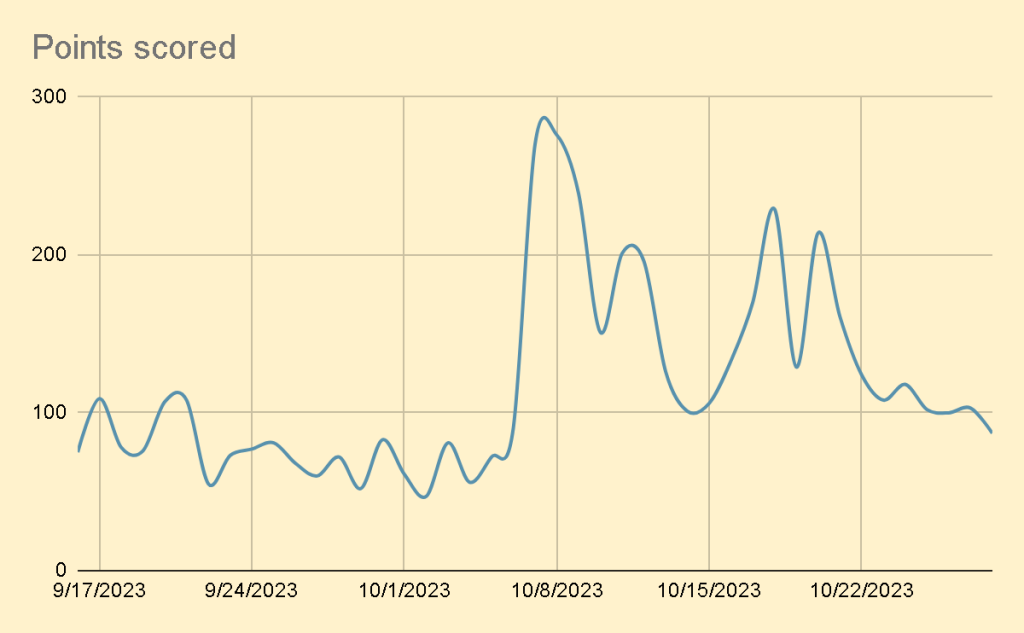
To be more precise, in the three-week period following October 7, a total of 1,111 pieces of content containing hate speech against Baha’is were published on social media platforms and Iranian websites. This represents a 180 percent increase compared to the three weeks prior.
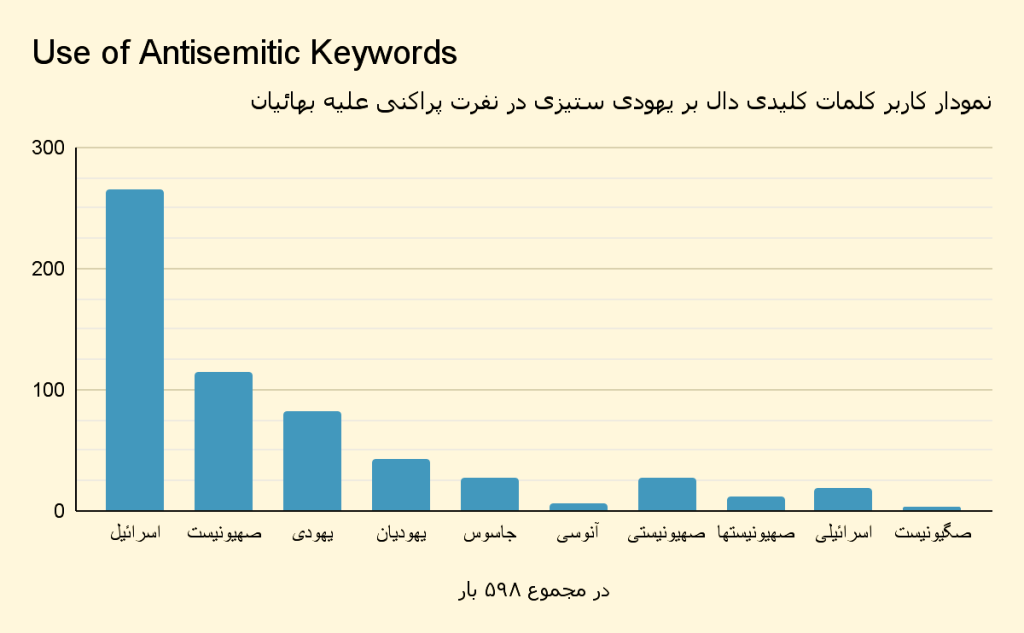
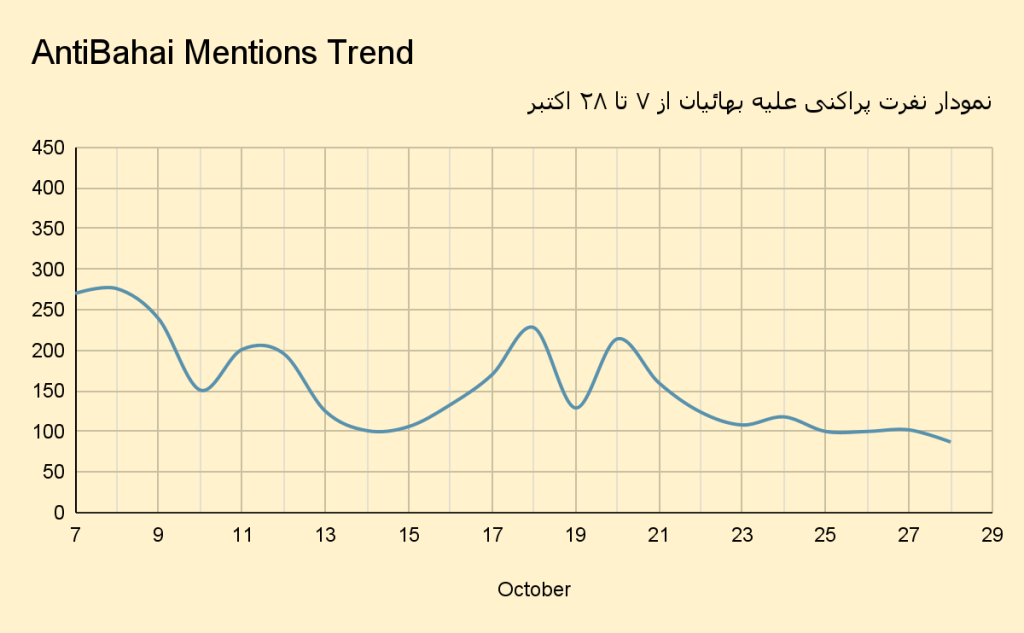
Content analysis of materials containing hate speech against Baha’is after October 7 shows that more than half of these materials have used keywords indicative of anti-Semitism, further confirming the quantitative findings of a direct link between online Baha’i persecution and anti-Semitism. As seen in the chart above, some of the frequently used words in content targeting Baha’is also directly imply anti-Semitism.
For instance, among the ten tweets containing anti-Baha’i content that had the most retweets, all included anti-Semitic expressions as well, which are as follows:
1. “A pro-Israel puppy identified #Baha’i” | Link
2. “Jews hated Achaemenid Prime Minister Haman, and Baha’is detest Qajar Prime Minister #AmirKabir! The execution order for both was obtained by the king through deception and conspiracy while drunk because of their uncovering of hidden Jewish plots.” | Link
3. “Thanks to the program for opening a discussion on the Haifa-based sect, these programs will continue, InShallah!” | Link
4. “Seriously, does a couple of tears, from what you call an Afghan, cause you this much stress? Indeed, Baha’is and Jews are cowards.” | Link
5. “The Israeli account in Persian is managed by a Baha’i named Sharon Soleymani Avginsaz!” | Link
6. “The book (Avesta) and your religion (Zoroastrianism) reek of blood, spit on your religion (Zoroastrianism), creed (Judaism), and rites (Baha’ism), death to the criminal Baha’i sect” | Link
7. “Baha’is, Dervish sect, radical branches of reforms and moderation… These are the soldiers of the Zionist regime inside Iran, and unfortunately, they have infiltrated economic, cultural, and social structures during the eight purple years.” | Link
8. “Raefipour’s confession to the infiltration of Baha’is in IRIB from Habibollah Sabet, a Baha’i, to Peyman Jebelli, Baha’i head of IRIB. A secret that the Re-start leader disclosed. Not only IRIB but also the Chamber of Commerce, banking, the Ministry of Intelligence, and… have been infiltrated by Baha’is” | Link
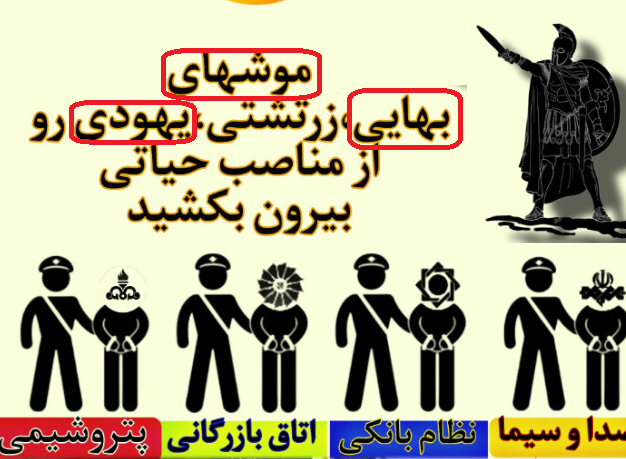
9. “Why indeed does Hassan Nasrollah and groups claiming to be Muslim in Palestine and Lebanon not issue an attack order against the Baha’i Universal House of Justice? Jews are thousands of times more authentic than this terrorist and ostensibly religious sect! Why hasn’t Hassan Nasrollah taken a stance against Baha’ism even once?!”| Link
10. “Perhaps this war between Palestine and Israel, which has occurred with such intensity and high casualties and doesn’t seem to have an end in sight, was created by Baha’is to kill Jews and Muslims and establish the first Baha’i country” | Link
These examples illustrate how anti-Baha’i sentiment is often intertwined with anti-Semitic rhetoric, highlighting a broader pattern of discrimination that targets both communities similarly.
In November 2023, about a month after the events of October 7, the international Baha’i community expressed its concern about the escalation and increase of oppression and persecution of Baha’is in Iran by publishing a statement.
In another statement published in December of the same year, It announced the beginning of a “systematic program for raiding houses and arrests in cities across the country” and announced that at least 40 Baha’i citizens were arrested in October and November 2023 and more than 100 houses belonging to these citizens were raided.They have been the target of violent attacks by government officials.
In the same statement, the intensification of virtual hate speech against Baha’is during this period is mentioned. It was also emphasized that at that time, more than 70 Baha’i citizens were serving their sentences in Iranian prisons. According to the Bahá’í World Community, the government of Iran aims to “create fear and confusion, deprive citizens of any rights, make people poor, continue to suppress and harass people, instill a sense of insecurity and, as a result, deprive the Bahá’ís of peace and security in their daily life in new ways and More brutality has been resorted to suppressing them. All of this confirms that the online hate speech and actual repression of Baha’is has suddenly increased and intensified over a period of time.
Conclusion
Following the events of October 7, 2023, anti-Semitism in the Persian online sphere saw an unprecedented increase. Observing the chart of the volume of hate speech based on different days shows that the ground events of the Gaza war directly influence the number of published posts. Thus, the primary parameter in estimating the number of online posts containing anti-Semitism and the number of viewers of these posts are the actual events on the battlefield.
From quantitative calculations and qualitative evaluations of content published online, it is concluded that statements and activities by influential political figures are the second most critical parameter determining the volume of hate speech. Ali Khamenei’s Twitter accounts, due to their millions of followers, views, and retweets, are the most influential users spreading hate in the Persian online sphere. According to statistics, the publication of 20 anti-Semitic tweets by Ali Khamenei has generated a wave of online hate speech with the same volume and intensity as the explosion at Al-Ahli hospital. Therefore, it appears that policies for monitoring content on the X social network, especially for users with the influence of Ali Khamenei, require serious reconsideration.
The trend of online Baha’i persecution in Iran fluctuates in conjunction with the ups and downs of online anti-Semitism. Moreover, online content involving anti-Semitism and Baha’i persecution shares many common aspects, such that in more than half of the Baha’i-persecutory content published during the three-week period analyzed in this report, anti-Semitic expressions and words are used. Furthermore, linking to the State of Israel is one of the most common conspiracy theories by the Iranian government against Baha’is, with believers in the Baha’i Faith being accused merely because of their affiliation to Baha’ism and consequently being subjected to exile, imprisonment, property confiscation, and more by the judiciary of the Islamic Republic. The government of Iran essentially facilitates the systematic suppression of the Baha’i community through online hate speech.
| Anti-Baha’i Keywords | (( ( “بهاییان” OR “بهائی” OR “بهائیان” OR “محمدعلی باب” OR “قرهالعین” OR “قره العین” OR “بابیگری” OR “بهاییگری” OR “بابی گری” OR “بهایی گری” OR “بهائی گری” OR “بهائیگری” OR “بیتالعدل”) AND (“نفرین” OR “کافر” OR “سگ” OR “حرامزاده” OR “مثله” OR “زنازاده” OR “کثیف” OR “کثافت” OR “شیطانی” OR “خائن” OR “ضاله” OR “تفاله” OR “آنوسی” OR “آشغال” OR “نجس” OR “مرتد” OR “خوک” OR “حیوان” OR “حرومزاده” OR “ملعون” OR “حرومی” OR “ولد زنا” OR “وحشی” OR “موساد” OR “میت” Or “یهودیان” OR “صهیونیست” or “صگیونیست” or “اسرائیلی” or “صهیونیستها” or “یهودی” or “اسرائیل” or “جنده” OR “زنیکه” OR “سلیطه” OR”گایید” OR “بگاد” OR “لعنت” OR “فرقه” OR “جاسوس” OR “امیرعباس هویدا” OR “امیرکبیر” OR “پتیاره” OR “بدکاره” OR “من و تو” OR “منوتو” OR “خراب” OR “کیر” OR “سگباز” OR “همجنس باز ” OR “کون” OR “خائن” OR “ساواک” OR “پرویز ثابتی” OR “فاسد” OR “لواط” OR “قحبه” Or “لجن” OR “ریدم” OR “گه” OR “گوه” OR “کص” OR “ننه”) ) NOT ((“رژیم اسلامی”)Or (“شیخ بهائی”) Or (“شیخ بهایی”))) |
| Anti-Semitic Keywords | (((“یهودی” OR “یهودیان” OR “جهود” OR “صهیونیسم” OR “صهیونیستی” OR “صهیونیست” OR “یهود” OR “اسرائیلی” OR “صگیونیست” OR “صگیونیسم” OR “آنوسی ” OR “جنتیل” Or “یهودیها” Or “یهودیا” Or “صهیونیستا” Or “صهیونیستها” ) AND (“نفرین” OR “کافر” OR “سگ” OR “حرامزاده” OR “زنازاده” OR “کثیف” OR “کثافت” OR “شیطانی” OR “خائن” OR “ضاله” OR “تفاله” OR “آنوسی” OR “آشغال” OR “نجس” OR “مرتد” OR “خوک” OR “حیوان” OR “حرومزاده” OR “ملعون” OR “حرومی” OR “ولد زنا” OR “وحشی” OR “جنده” OR “زنیکه” OR “سلیطه” OR”گایید” OR “لعنت” OR “فرقه” OR “پتیاره” OR “بدکاره” OR “سگباز” OR “همجنس باز” OR “لواط” OR “لابی” or “قحبه” Or “لجن” OR “ریدم” OR “گه” OR “گوه” OR “کص” OR “هلاکت” OR “بچه کش” OR “بچهکش” OR “جهود” OR “ری استارت”)) NOT ((“خامنهای” OR “رژیم اسلامی” or “تروریستی” Or “تروریست” or ” تروریستهای” or “تروریستها ” or “تروریستی” ))) or (“صهیونیسم” OR “صهیونیستی” OR “صهیونیست” OR “صگیونیست” OR “صگیونیسم” OR “صهیونیستا” Or “اسقاطیل” or “صهیونیستها”)author:”Khamenei.ir” |
Table 1.


















